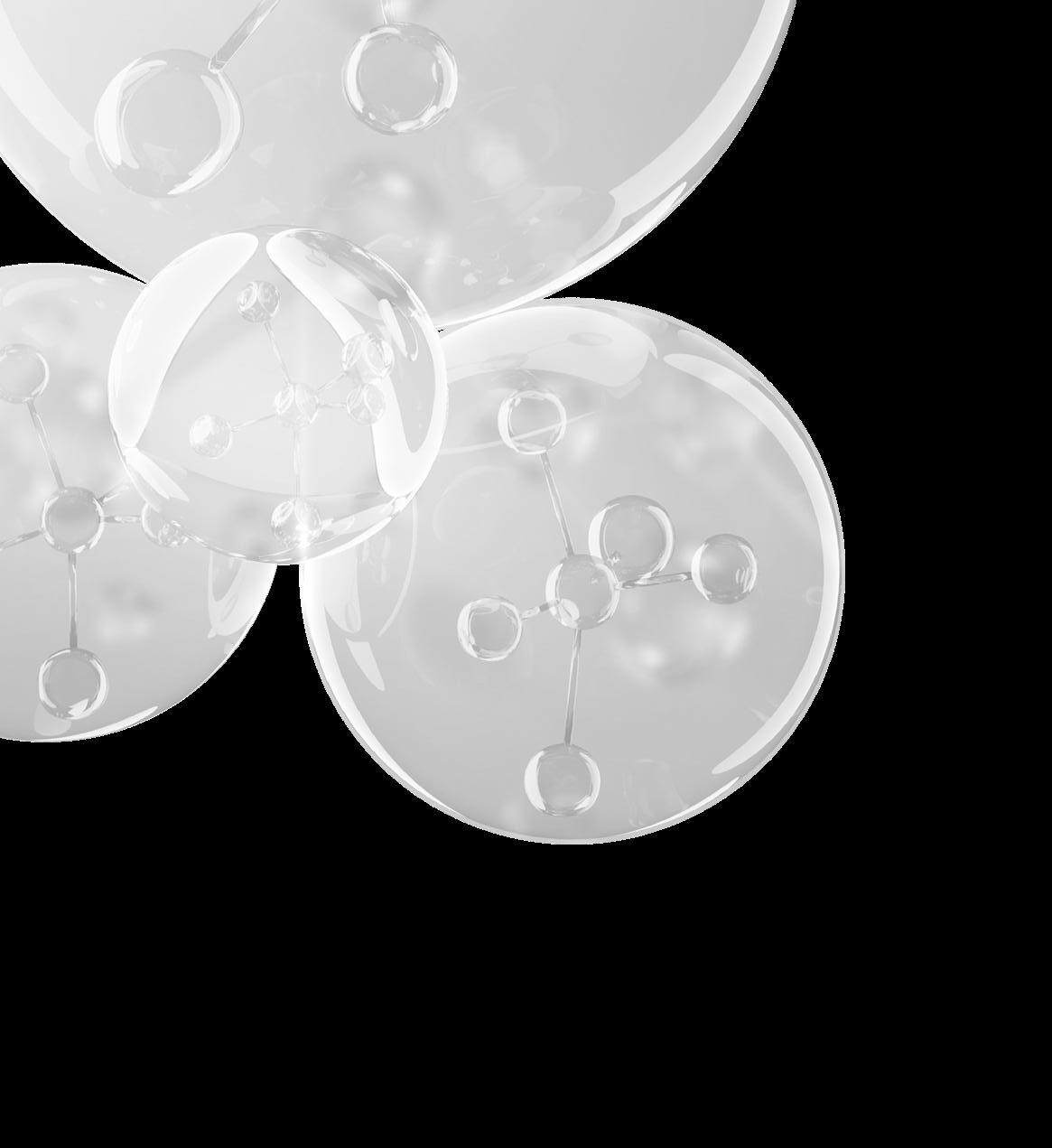


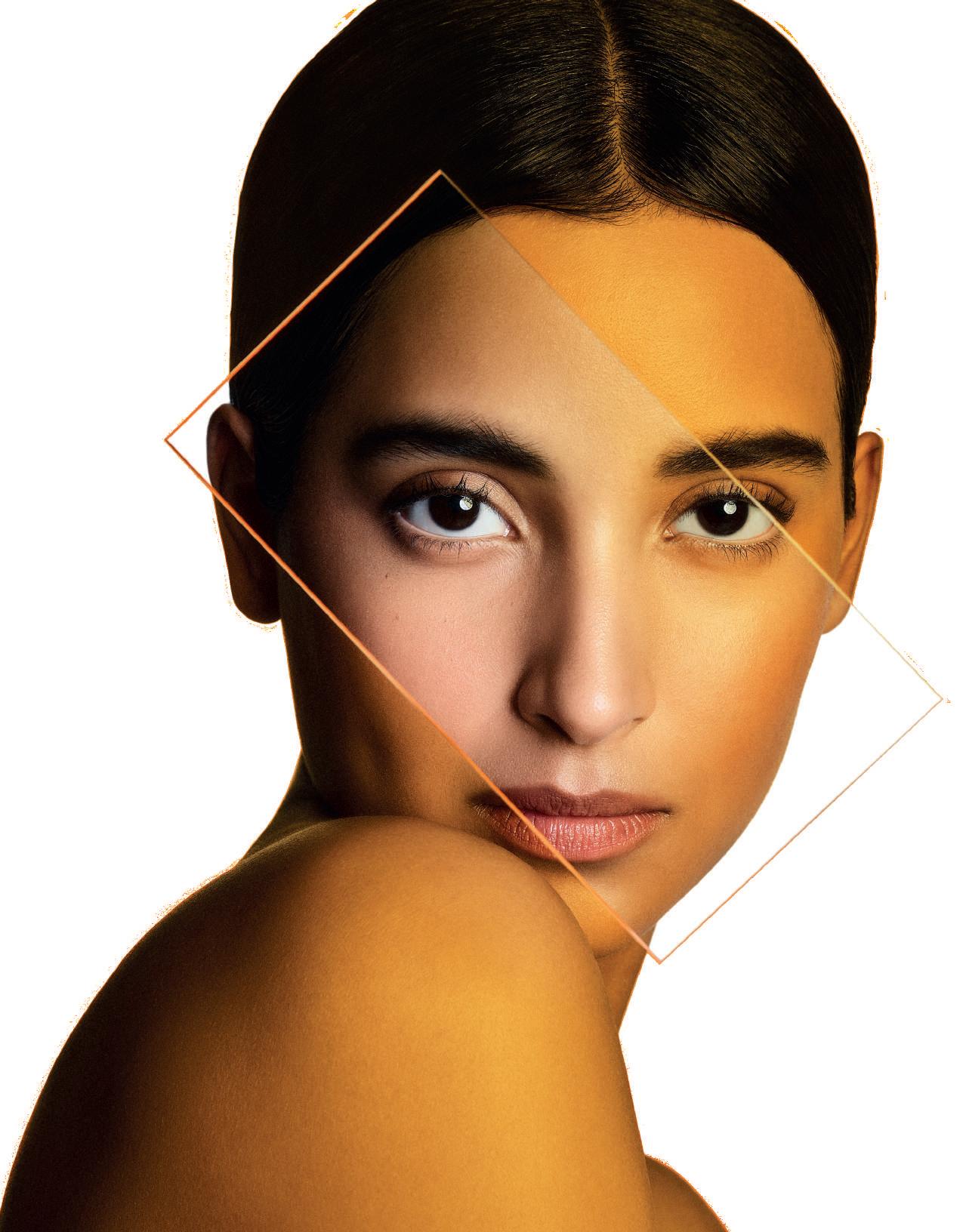





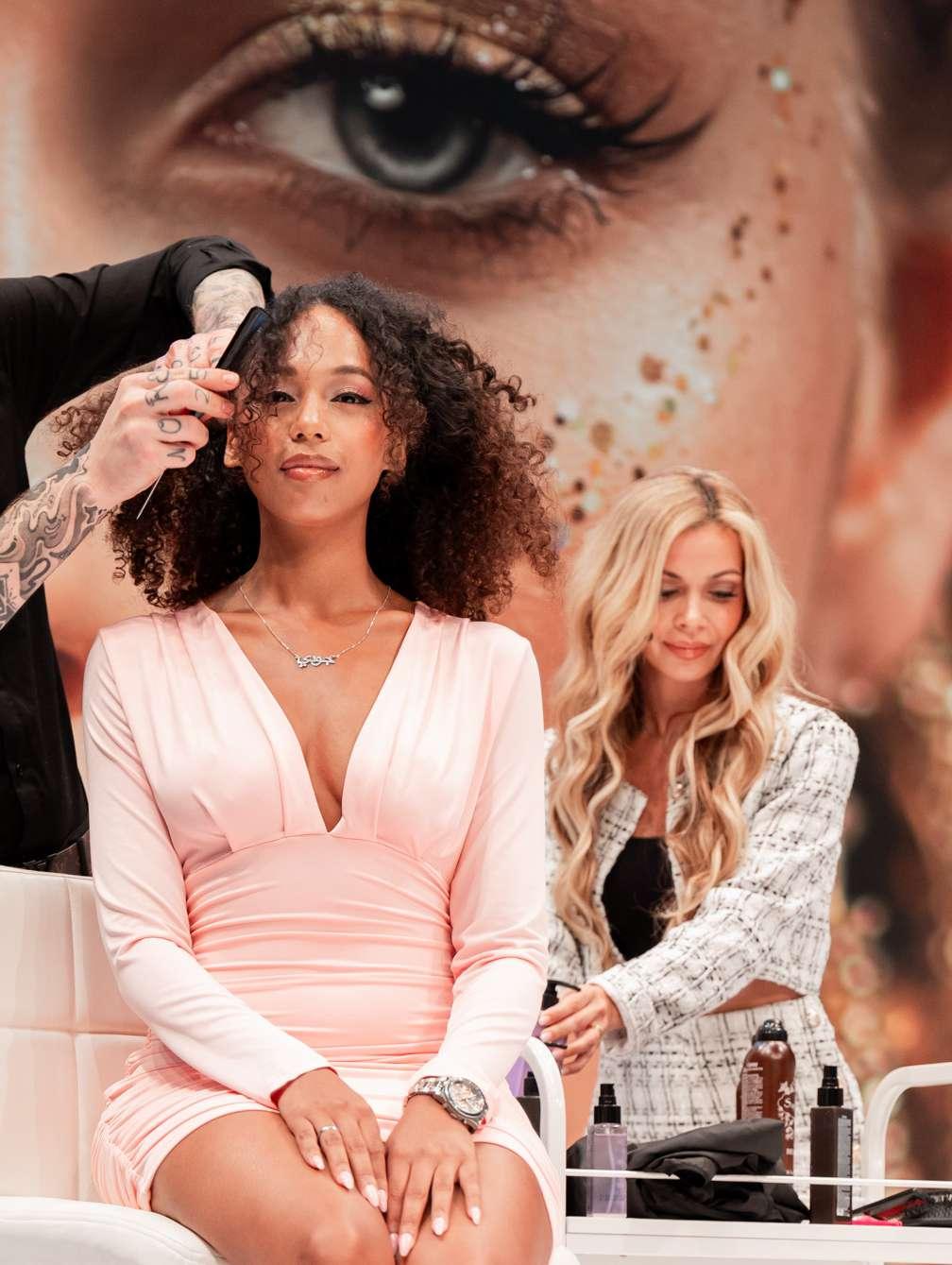
Founder Editor-in-Chief
Late Mr. Kanwar NS
Editors
Amrita Kanwar
Sarvjit Singh
China Correspondent & Reporters
Ying Wei-Beijing
Bao Tian Tian - Shanghai Xing Guang Li - Guangzhou
Assistant Editor/Correspondent
Elena
Secretary & Legal Advisor
Aaron Kumar
Circulation
Surekha Gogna
Production, Design & Degital Media
Rakesh Sharma
Marketing & Sales
Lina
Catherine
Amy Lan
Anna Mi
Technical Advisors
Alex Van Bienen/Lily - Nederlands
Public Relations Director (UK)
Mike Steele
Marketing Director
Richmond Kanwar Brampton, ON, Canada
International Advisor (Australia)
Andrew S. McCourt
Germany Representatives
Julia Rittershofer Steffen Schnaderbeck
India (Head Office)
C 2073A, Sushant Lok 1, Gurgaon 122 002 - India
info@beautyfashionworld.in www.beautyfashionworld.in
www.beautyfashionworld.in
The global cosmetics market size was estimated at USD 295.95 billion in 2023 and is expected to grow at a CAGR of 6.1% from 2024 to 2030. One of the primary factors driving market expansion is the increasing awareness among consumers to enhance their personal appearance. Among millennials, products related to skincare, color cosmetics, and hair care have gained popularity as essential components of their daily grooming routines. Additionally, the introduction of cosmetics featuring natural, non-toxic, and organic ingredients has further contributed to the market's expansion.
Personal care products (PCPs) are commonly utilized for purposes of personal hygiene, grooming, cleaning, and enhancing one's appearance. This category encompasses a wide range of items, including hair & skincare products, UV protection creams, facial cleansers, insect repellents, fragrances, perfumes, soaps, detergents, shampoos, conditioners, and toothpaste. As per a 2021 article from the National Center for Biotechnology Information, PCPs belong to the class of self-care items primarily employed for personal hygiene, cleanliness, and grooming. Globally, approximately 30-40% of dermatological prescriptions include a PCP and an average person utilizes at least two PCPs within a span of 24 hours. Soap plays a vital role in skin care, serving as an essential tool to maintain cleanliness and overall health. According to Consumer Reports, an organization involved in product and service testing, when considering bath products, consumers often have distinct preferences. Consumer trends and preferences regarding skincare and haircare products are strongly influenced by environmental awareness and sustainability concerns.
According to the environmental awareness website TheRoundup.org, in 2023, 78% of consumers prioritize sustainability, with nearly 55% of consumers showing a willingness to pay more for eco-friendly brands. Shoppers seek accredited brands that adhere to environmental and ethical standards, emphasizing the use of sustainable and body-friendly materials. Brands that incorporate organic, natural ingredients and promote their wellness benefits are more likely to gain traction among eco-conscious consumers. Innovation, product launches, brand introductions, and collection expansions aid in refreshing consumer interest, meeting evolving trends, and sustaining brand relevance. These strategies allow companies to cater to diverse consumer needs, maintain competitiveness, and capitalize on market shifts, ensuring long-term success and customer loyalty. For instance, in September 2023, The Estée Lauder Companies Inc. under its Clinique brand expanded the Moisture Surge collection to include the innovative SPF25 Sheer Hydrator line. Regulations are designed to safeguard consumer health and ensure the safety and efficacy of cosmetic products. Compliance with these regulations often involves significant investment in research, testing, and administrative processes by cosmetic companies. Noncompliance can lead to legal penalties, product recalls, damage to brand reputation, and loss of consumer trust.
The high prevalence of counterfeit products, coupled with their easy availability and cheaper price, poses a significant threat to branded and original cosmetic products. There are various substitutes available, including natural or homemade remedies, alternative beauty routines, or even non-beauty-related products.
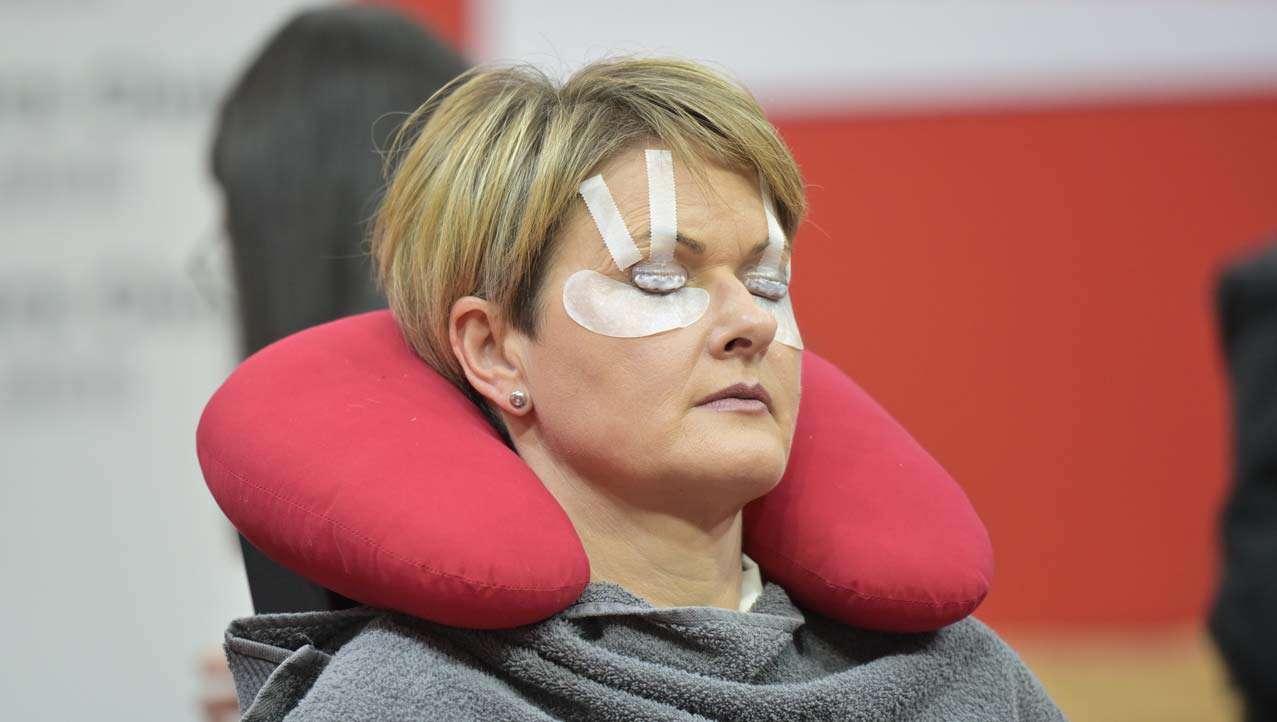
It is time to redefine “anti-ageing”
Tap into an innovative approach to neurocosmetics and upcycling. Say goodbye to outdated notions and make way for a new era where wrinkles are no longer ‘imperfections’ but rather stories of our journey!
The ability of the senses to help shoppers create long-lasting emotional and memory-based experiences is what gives them such significance in the cosmetic industry. Consumer interest in the relationship between cosmetics and biological responses, as well as how scientifically they might enhance feelings, mood, senses, and skin health, is at an all-time high.
The notion behind neurocosmetics is that some topical ingredients have the power to influence the skin, stimulate the neurological system, and have a positive impact on our wellness by evoking certain feelings and experiences. The recent discovery that bitter receptors exist not only on the tongue but also throughout the entire epidermis may mark a new age for the study of neurocosmetics and present new potential for the creation of cutting-
edge cosmetics. Active Concepts has developed AC AmaraSense: a bitter blend comprised of licorice root, willow bark, and artichoke extract, substances recognized for their bitter taste and positive effects both on body and skin health. Licorice root is characterized by glycyrrhetinic acid, it is recognized for antioxidative, lenitive, and antimicrobial activities, white willow bark extract is characterized by tannic acid, it is known for wound healing and antimicrobial properties – artichoke is recognized for its purifying properties, and is rich in antioxidants that help to prevent oxidant stress and promote skin health.
AC AmaraSense represents a new ingredient launch that serves as the basis for creating cutting-edge cosmetics that activate sensory receptors on the skin and provide customers with new perspectives on how to take care of their skin and attain a glowing complexion. A distinctive and alluring narrative for a simple-to-use water-soluble product that can satisfy the growing demands of the modern consumer: a scientifically supported, efficient,
and innovative beauty regimen.
Moreover, a new way of thinking about anti-aging has emerged as a result of the movement toward selfcare and well-being that was heavily promoted during the COVID-19 epidemic.
Consumers are more realistic about the anticipated outcomes now that anti-aging marketing that promised to erase wrinkles and other aging symptoms has instantly ended. The skin is seen by the younger generation as an extension of the body. Self-acceptance is a prevailing trend nowadays. In this context, the idea of “positive aging” is gaining popularity.
Diet has a huge impact on our looks, health, and happiness. A diet rich in fresh produce, whole grains, lean protein, and low in sugar is highly advised and the Mediterranean diet, one of the healthiest diets that is great for your body and health, places a big emphasis on olive oil. The cultivation of olive trees, the production of olive oil, and the use of olive oil have all been known and practiced in the Mediterranean
region for over 7000 years. When olive oil is extracted, only a small portion of the total number of polyphenols in the olives are transferred to the oil, while a sizable portion is kept as olive vegetation fluids (OVW). OVW used to be dispersed throughout farms, but because of their heavy organic pollution, they had a detrimental effect on the ecosystem. In light of sustainability, it is now more important than ever to revitalize olive waste.
Active Concepts is tackling this environmental concern head-on and turning a problem into a sustainable solution with AC OleaShield.
The biofermentation of recycled olive vegetation water used to develop AC OleaShield gives it powerful antioxidant qualities by way of the autophagy detoxifying process. With this new active ingredient, Active Concepts is able to utilize renewable resources ethically and efficiently while providing advantages for the skin, including preserving skin homeostasis to combat age-related reduction in skin cell function.



















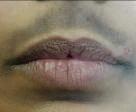
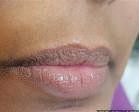



















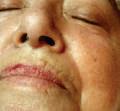





















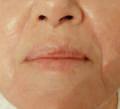

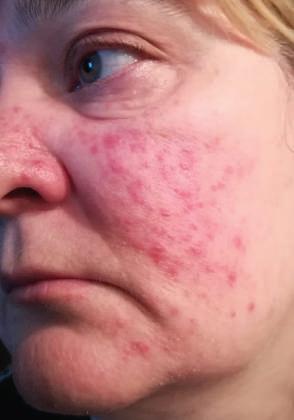

















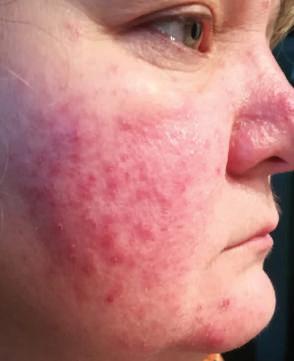




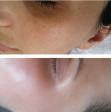














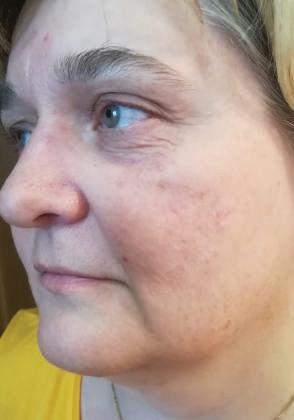










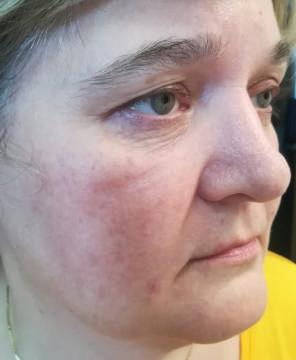

















Avialable in





















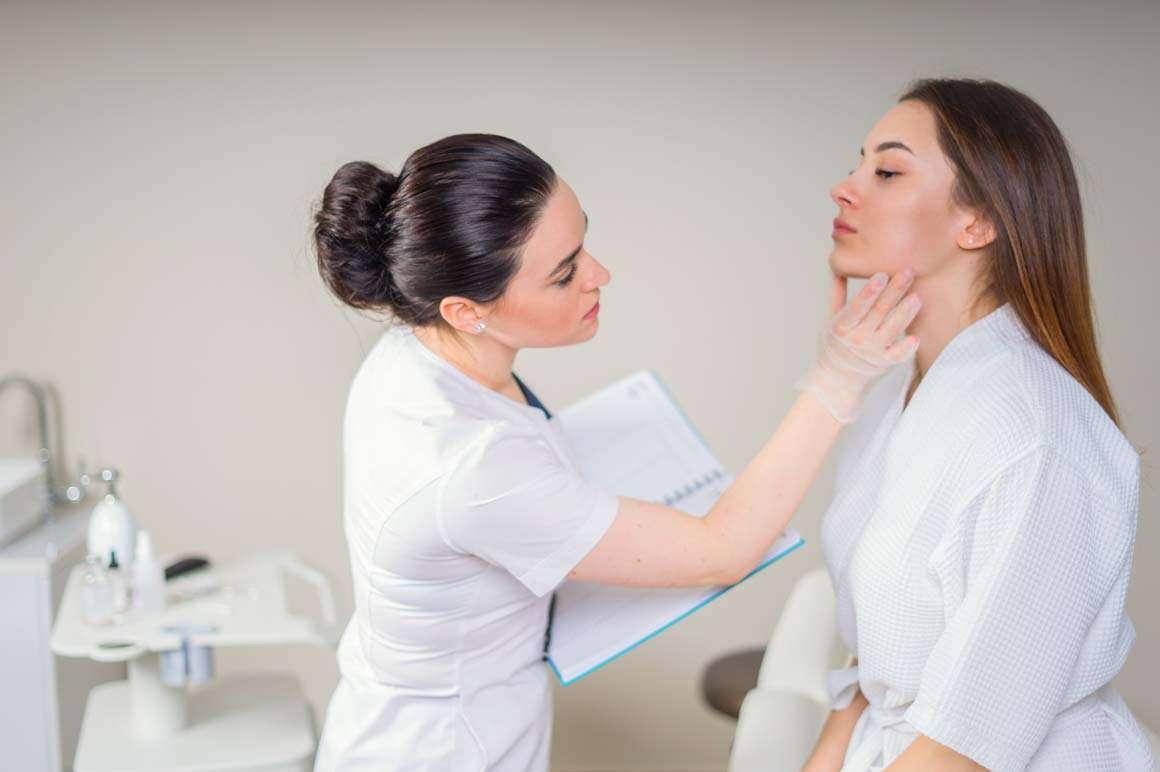
In recent years, cosmetology has made leaps and bounds toward professionalization. Now, more than ever, the cosmetologist can achieve a noticeable improvement in conditions such as acne, hyperpigmentation, and skin texture problems. Our clients’ expectations have also gotten higher. To achieve excellent treatment results, the cosmetologist must master several degrees of knowledge.
Professional excellence, when it comes to a cosmetologist, manifests first and foremost in excellent treatment outcomes. In the ability to cure acne, clear or control hyperpigmentation, and noticeably change the appearance of aging skin. Skin texture problems such as enlarged pores, acne scars, dull and lackluster skin, etc. Nowadays it’s more possible than ever. Many cosmetologists have achieved
excellence in their ability to achieve the treatment goal they set, in almost 100% of the cases. When the emphasis is on “the treatment goal they set for themselves”: The professional cosmetologist can diagnose the skin’s condition and estimate the percentage or degree of improvement that’s possible in this specific case. And then, for example, when the cosmetologist estimates that it’s possible to
achieve around a 30% improvement in a specific case and she does in fact achieve it - the result is 100%. The professional cosmetologist achieves all of her goals - not because she set the bar low for herself. On the contrary, she sets the highest bar she can under the specific circumstances, and sometimes it’s a very challenging goal. But she has the knowledge that makes it possible to achieve this goal.
Cosmetology is rooted in science The skin is a living organ. It contains 3 types of tissues: epithelial tissue, connective tissue, and fatty tissue. It’s a very lively organ where cells divide, blood flows and oxygen is delivered to all the cells, vitamins and minerals are transported to cells and to the intercellular matix, waste is collected and drained, neurons
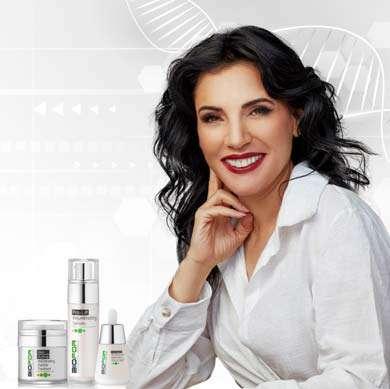
transmit neural responses, and thousands of signals are constantly being sent and received. A sophisticated immune system is constantly scanning its environment and responding to ensure the integrity of the entire tissue. The knowledge pertaining to a change in the composition, structure, and behavior of living tissue is rooted in science. Just as the doctor specialized in specific tissue or the various tissues in the body, according to his chosen area of expertise, the cosmetologist is also an expert in skin tissue changes. Cosmetology, from its therapeutic aspect (unlike the aspect of pampering and giving more superficial treatments), is a scientific profession. Science is constantly researching the different ways to affect living tissues - using products (for topical or oral use), technologies, and also additional interventions. It’s important to understand that unlike a mechanical profession like carpentry or mechanics, our area of expertise is scientific to the same degree as medicine. And the cosmetologist must view her job similar to that of a doctor’s. A doctor is very familiar with the tissue he specializes in - the variety of
active ingredients and the concentrations that can affect the functionality of this tissue. This knowledge is what makes it possible for him to improve or cure a condition. To achieve similar results to a doctor, we must be just as knowledgeable about the tissue we specialized in and remember: We are dealing with the science of changing the appearance and functionality of the skin.
Goals are achieved first and foremost with knowledge.
Many cosmetologists try to do everything they can to give proper treatment, and as part of these efforts, they purchase the most prestigious and expensive products, a wide variety of products, and sometimes also several types of expensive devices. Many have been disappointed to discover that the expensive devices and products did not change the treatment outcomes, and that the condition stays pretty much the same. The reason for this is that the key to excellent results is having the right knowledge. Excellent results are first and foremost achieved with the right knowledge and only then by using
products or devices. This knowledge is not acquired at cosmetology school. This is knowledge rooted in science, and it pertains to: the correct diagnosis of the different skin conditions (types of hyperpigmentation, various acne conditions, etc.) - what the appropriate treatment is for each condition with regard to the active ingredient and concentration - at the skincare clinic and at home; the processes occurring as the skin ages - what they are, which of them we can affect and to what degree, what are the ingredients and concentrations, and what are the procedures that can change any presentation and to what degree; the doctrine of active ingredients - the main cosmetic ingredients that are used in products - what is the range of effects for each one. Certain ingredients have a different effect at each concentration, and the cosmetologist must know what these different effects are. The structure of the dermis and its components - What changes with age and with different pathologies and what we can affect and how; the penetrability of active ingredients to the skin and what affects it; the degree of hydration in the skin - diagnosis, ways to intervene, and the consequences of dehydration. The technologies that were scientifically documented and proven to be able to change the skin’s appearance - each technology and its indications. This is the bulk of the knowledge that the professional cosmetologist must have, and which enables her to achieve the treatment goals. Every doctor understands the tissue he treats at this level, and thanks to this knowledge he can properly treat a variety of clinical conditions in his area of expertise.
The professional cosmetologist is familiar with the products she works
with, at the level of active ingredient and concentration. This is actually the only way to achieve the precise results she aimed for. This is also the degree to which the doctor is familiar with the medication he prescribes. No one would ever think to seek treatment at a doctor who doesn’t know what the medications he prescribes contain. What the composition is, how it’s compatible with the patient with regards to weight, age, stage of the disease, other underlying diseases, and other medication he takes. The doctor works with a full body of knowledge to illuminate his path. In contrast, numerous cosmetologists work in the dark without knowing what the products they use actually contain. So, the question is - how are we expected to achieve precise and rapid results (under the constraints of the skin’s given condition), similar to a doctor, if we work on autopilot? Working without a precise knowledge of the product ingredients requires us to stick to protocols and to dictated procedures that we do not have a professional understanding of. A very limited degree of results can be achieved when working in such darkness. This resembles playing Bullseye blindfolded. True, if we throw enough darts, some will land near the target, others will land even closer, and we may even be able to hit the Bullseye 2-3 times. We’ll also throw darts that will land very far from the target, and some that won’t land on the board at all. The cosmetologist who has mastered the products at her disposal hits the Bullseye each time. She’s working with her eyes wide open.
The professional cosmetologist knows how to use one product for a variety of purposes, since a product is first of all a formula, and then a brand. A formula, for example, is: 8% glycolic acid, 5%
lactic acid, 2% salicylic acid. This is a formula, which the professional cosmetologist knows what indications it is suited to - a variety of applications and skin conditions that do not always resemble each other but that react to the same formula. Such a cosmetologist does not need to be told what the purpose of the product is and how to work with it. This is exactly how a new drug is presented to a doctor - an active ingredient and concentration (and with a new compound - also mechanism of action). The doctor will know what to do with it. When it comes to knowing the formula of the products, remember that this information is not important for every kind of product. There is no point in delving into the formulas of moisturizing creams, for example.
A moisturizing cream is meant to be suited to the skin type. We can always get an impression of its texture, and let’s be honest, most skin therapists don’t know what ingredients are in moisturizing creams and what each ingredient does. It’s also not critical. Sometimes moisturizers do contain special ingredients, which give them additional properties, beyond keeping the skin moist. Here, there is room to be interested in the nature of the ingredients, but not necessarily in their concentration. With some kinds of productsknowing their function is sufficient. For example, a product containing soothing ingredients - a calming gel/ cream. If someone wants to, they can ask what the soothing ingredients are. The concentration of each will generally not add information that cosmetologists understand enough about, and it will be less critical to their ability to use it properly. However, in products containing ingredients such as alpha and beta hydroxy acids, retinoids, azelaic acid and more - it’s very important to know the ingredients
and the concentrations. This is the knowledge that makes the cosmetologist a magician... The knowledge enables precision in treating and receiving a perfect result.
The professional cosmetologist does not buy kits or sets when the aim is to cure skin conditions or bring about a visible improvement in the appearance of the skin. This is because she knows that problems are not solved with a kit. Problems are solved with the right knowledge, the right diagnosis, the right active ingredient and concentration, the right procedures and instructions for use. All these may change greatly between clients, since each one has a unique set of characteristics and circumstances, even if they all have hyperpigmentation, or they all have acne. Have you ever seen a doctor who gives a “series for eczema” or a “kit for arrhythmias”? The doctor works like a scientist, and with knowledge rooted in science. In science there are no series or kits. There is an active ingredient and concentration.
A procedure and its compatibility with the skin’s pathology. A technology and how it changes the tissue. There’s the knowledge that makes it possible to precisely match any treatment to a client. A kit is a generic and unprecise solution for a client. It’s like trying to fit a square peg in a round hole. Matching three products that were packaged together to the hundreds of clients who differ from each other in all possible parameters. The professional cosmetologist, similar to a doctor, understands the condition of the given tissue and matches the right ingredients/procedure for each client individually. This is her way of getting quick and noticeable results in any given skin condition.
The professional cosmetologist does not need a dictated treatment protocol. She develops her own treatment protocol. She isn’t intentionally ignoring the protocol in the booklet. But she has in-depth understanding of the goal she wants to achieve and the right way to achieve it. The cosmetologist can read the suggested protocol intelligently. She’ll ask how each stage is supposed to achieve the goal, and what ingredients will achieve that goal. If she doesn’t understand the necessity of a stage, she’ll ask. If she believes a stage is missing, she’ll add it. If she thinks a stage is superfluous, she’ll leave it out.
She’ll be able to replace certain products that are included in the protocol, which she understands what their purpose is, with other products she has, instead of buying unnecessary products. She also knows how to combine brands from the different companies, since it’s often necessary and always possible. The synergy is not between brands but between active ingredients. And when these, as well as the concentration are
known, the intelligent cosmetologist will know what combining them means.
The cosmetologist who will consistently work in a manner similar to a doctor - using her comprehensive knowledge - can often achieve better results than the doctor. After all, skin and its esthetics are her area of expertise. It’s what she does each and every day - improving the skin’s appearance. She has a wide variety of products at her disposal, a variety that is much richer than the medical preparations the doctors use to treat skin.
She has extensive experience and in-depth knowledge, which she enriches and expands through onthe-job training and by consulting with colleagues and continuously learning. This enables her to truly understand the skin conditions she treats, the finer intricacies involved in matching products, addressing the client’s lifestyle and habits, her guidance and changing the products’ instructions for use as the skin’s condition progresses, as befitting for the professional treatment required to achieve the goal.
Ronit Segev, MSc, is a biologist and skin researcher specializing in the physiology of the skin and active ingredients to improve aesthetic skin conditions. Segev has published dozens of articles in professional journals and is the author of the book "Dermo Cosmetics - the scientific approach to cosmetic skin care". She is the founder and CEO of Biofor – the leading company in Israel in therapeutic results. Segev and her team accompany thousands of professionals around the world in the treatment of complex aesthetic skin conditions.


by Cleber Barros – Technical Researcher, Vinia
The sensorial question in cosmetic product develop ment is an important theme that deserves attention because it determines the success of your formulation and brings more consumers to your brand. Sensory is as important a question as performance.
‘Sensorial’ can be understood as a characteristic that allows a connection between perception and the senses when the product is still in the pack, during the application and the after-feel sensation.
In cosmetic product development, the senses that are most commonly used are touch, smell and vision and they can be awakened mainly by the use of sensorial modifiers. All of the ingredients in a formula affect the sensorial qualities of the final product. However, we have specific ones that are able to provide different characteristics, such as silicon, powders, colouring agents, fragrances, thickening and rheology modifiers agents, emulsifiers, etc., and the main results that can be obtained are spreadability, consistency, odoring, colouring, softness, silkiness, etc.
Nowadays, it is possible to find studies that guide your purchase
based on positive emotions aroused by the use of cosmetics. The sensorial impact in a final product gives the consumer a certain message from the brand, as well as the emotional aspects.
On the other hand, it is possible to improve the commercial value of the product by modifying its characteristics and turning it into a sophisticated cosmetic that will give a better impression of the results to the consumers.
Finally, the emphasis on the sensorial modification in cosmetics is the function of personalising the product and creating textures, aspects and flavours that please a cross-section of consumers. It is possible that not all types of consumers are interested in the same product since the sensory experience is unique and varies from person to person.
Other factors that can be worked out to attract the public is the
marketing issue and how we can convey key product ideas, from the design of the pack to the fragrance. It is very common for the sensory aspect of a cosmetic to be worked on in a marketing proposal, and that its characteristics refer to its benefit explained in the label across aspects including nutrition, cushion sensation and more.
I will present all of the important topics involved in sensorial aspects to you at in-cosmetics Latin America 2018: the advantages in developing a good sensory profile; what you can bring to your consumers; the emotional factors involved in the sensory; the principal raw materials that enable the sensorial modification; and how to evaluate a sensorial in a cosmetic product.
In this lecture, there will have practical demonstrations that will show what the main ingredients can bring to benefits your formulation and the sensorial aspect to reach your consumer.
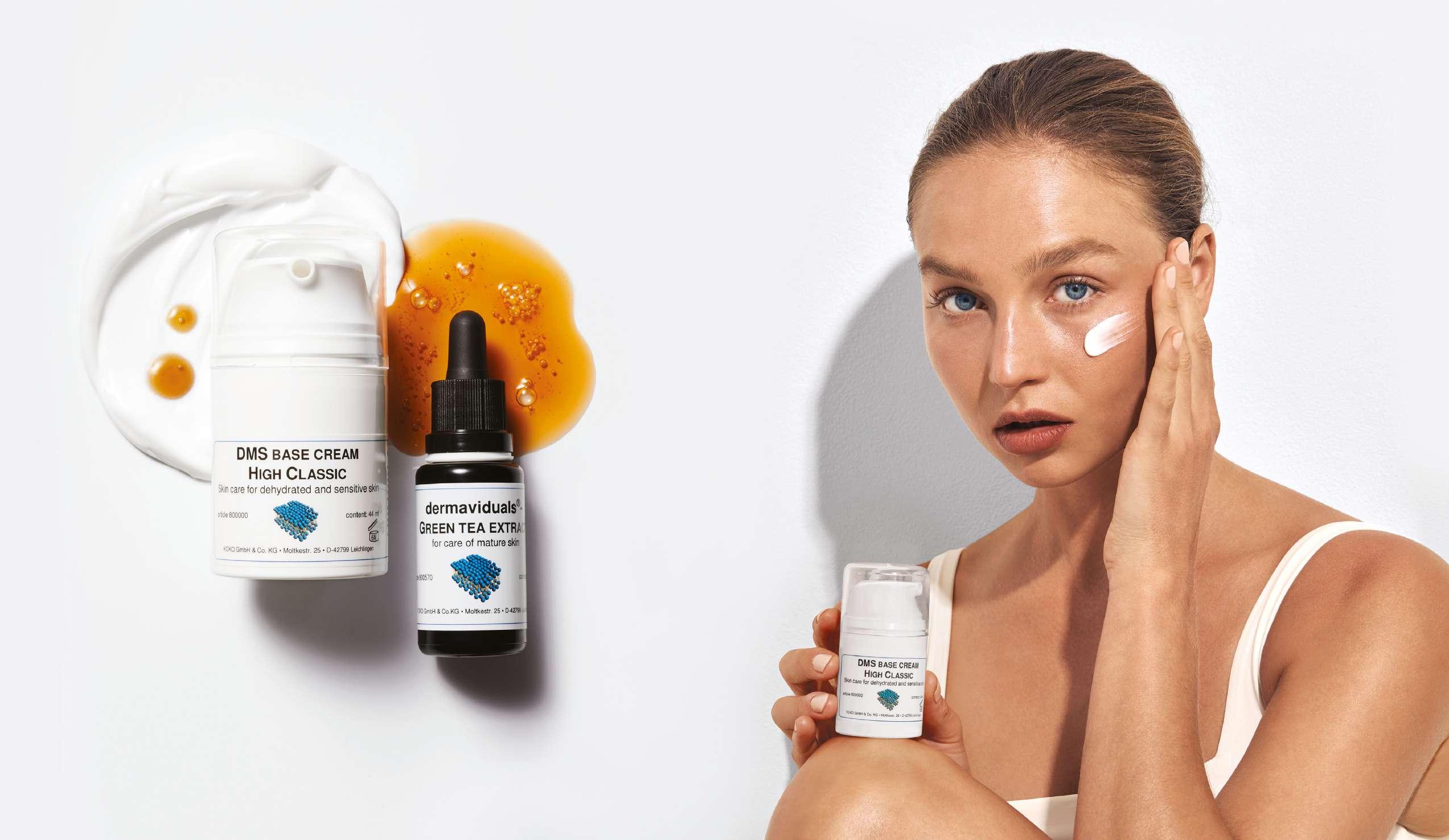


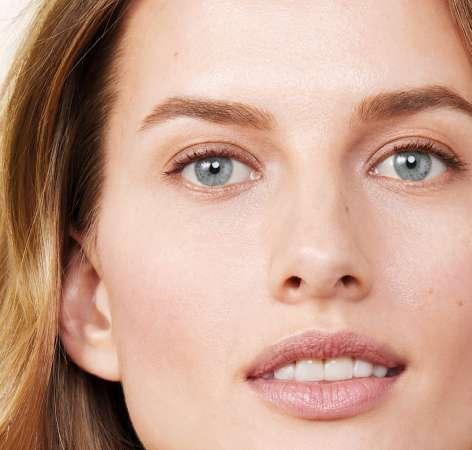



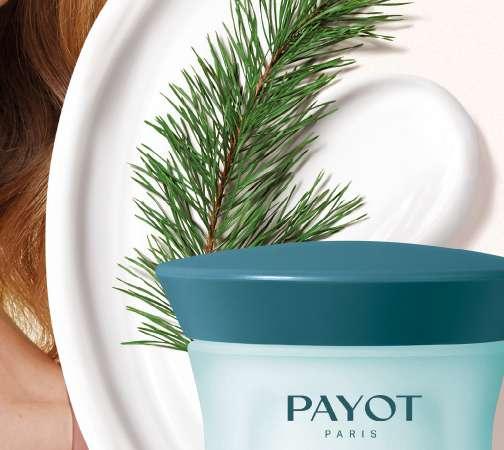



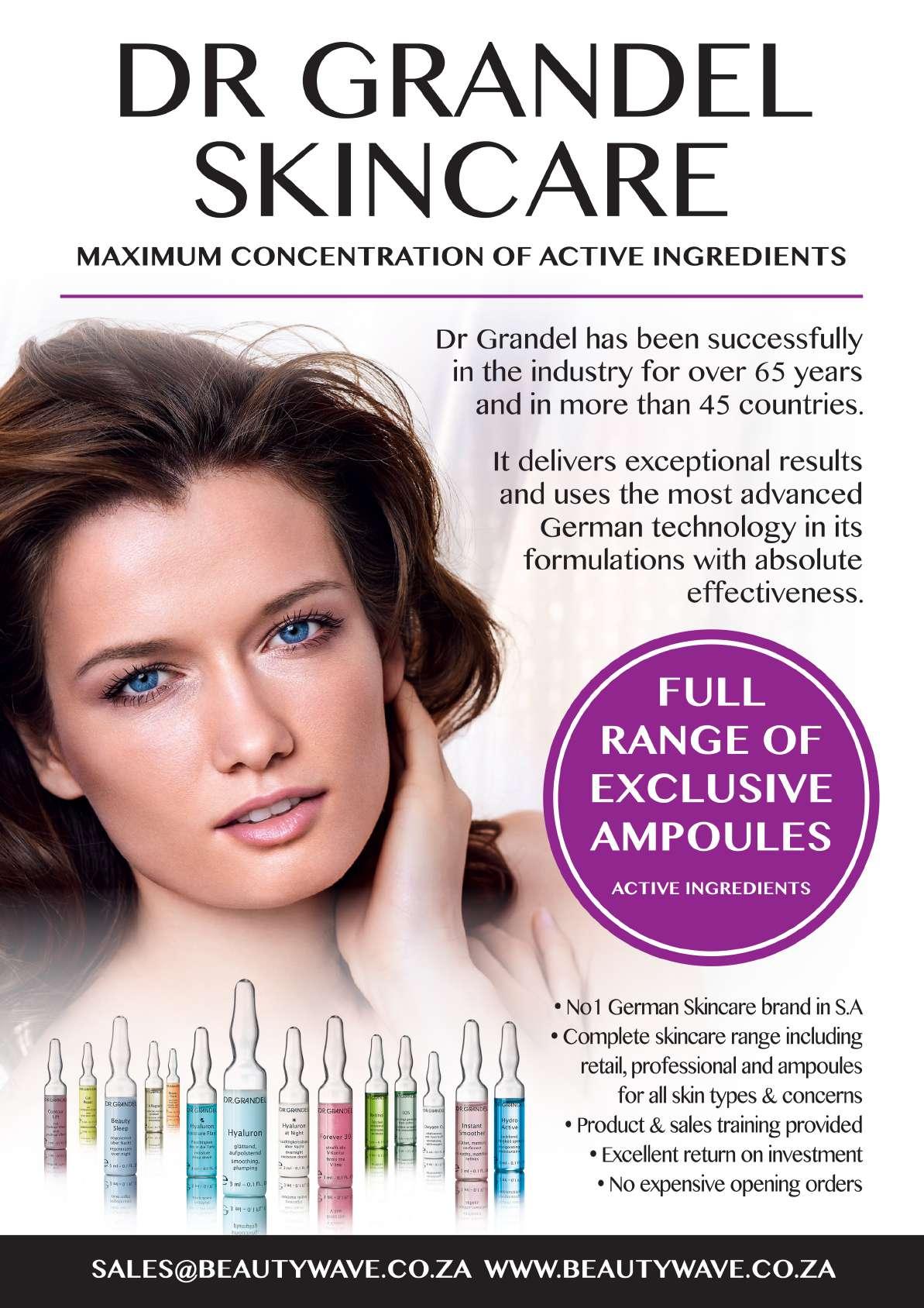
The beauty industry is undergo ing a transformative shift, driven by growing consumer demand for transparency and sustainability. As regulatory frameworks tighten, particularly in the European Union with the introduction of the Digital Product Passport (DPP) under the EU Ecodesign for Sustainable Products Regulation (ESPR) Directive, the integration of advanced technologies such as Near Field Communication (NFC) is becoming crucial. NFC technology can enhance the beauty industry through digital passports, highlighting the purpose, benefits, and potential applications for beauty products, including skincare, haircare, personal care.
A Digital Product Passport is a comprehensive electronic document embedded with essential information about a product, which includes:
Origin – where the product is manufactured
Composition – ingredients used in the product, as well as materials used for packaging
Environmental Impact – the ecological footprint throughout the product lifecycle
Recyclability and reusability –information on maintenance, reuse, and recycling potential
The DPP aims to ensure transparency and accountability in supply chains, aligning with consumer expectations and regulatory requirements.
NFC technology enables seamless communication between devices
over short distances. By integrating NFC tags with beauty products, companies can offer consumers instant access to product information simply by tapping their smartphones against the product packaging or scanning a QR code. This integration not only simplifies the consumer experience but also enhances transparency regarding product origin, ingredients, and sustainability claims.
Enhanced transparency With NFC-enabled DPP’s, consumers can easily verify product information, fostering trust and loyalty. In an industry where ingredient sourcing and environmental impact are under scrutiny, this transparency is vital for informed purchasing decisions.
By offering detailed information about a product’s lifecycle, companies can educate consumers on sustainable practices, such as recycling and responsible disposal. This aligns with the industry’s shift towards circular economy principles, encouraging consumers to make more eco-friendly choices.
NFC technology can facilitate better tracking of raw materials and components, ensuring compliance with sustainability standards. Companies can manage data effectively and demonstrate their commitment to ethical sourcing, leading to stronger supplier relationships and reduced risks in the supply chain.
NFC tags can be used for interactive marketing campaigns, allowing consumers to access tutorials, testimonials, and additional product information. This engagement can enhance brand loyalty and drive sales, as customers feel more connected to the brands they support.
Some brands have already begun implementing NFC technology in their beauty products, transforming the way consumers interact with their purchases. For example, luxury skincare lines are using NFC tags to provide detailed ingredient lists, sourcing information, and even application guidelines. This approach not only empowers consumers with knowledge but also highlights the brand’s commitment to quality and sustainability.
One notable example is Clochee, a Polish skincare company recognized for its natural, organic, and ecofriendly cosmetics. Last year, Clochee embraced NFC technology by launching a limited collection of certified products that incorporate this feature, reflecting the growing trend of integrating digital elements into beauty and personal care.
Haircare brands are following suit, utilizing NFC technology to create a direct connection with their customers. By scanning a product, users can access personalized hair care routines tailored to their specific needs, delivering a bespoke experience that enhances customer satisfaction. This level of personalization fosters deeper
brand loyalty and encourages repeat purchases, making it a win-win for both consumers and brands. In August 2024, Dyson launched its first products that combine hair care and styling, named Dyson Chitosan™. This marks a significant shift for the brand, traditionally known for its high-quality vacuum

cleaners. With this new line, Dyson is entering the beauty industry, offering innovative wet styling products that reflect its commitment to technological advancement in personal care. These high-performance products promise an unparalleled user experience, enhanced by the introduction of a new NFC technology. This allows users to access tutorials, dosage tips, ingredient information, and reordering options effortlessly.
As regulations like the EU ESPR Directive come into effect, the beauty industry will need to adapt rapidly. The combination of NFC technology and DPP’s holds immense potential for transforming how consumers interact with beauty products.Companies will be better equipped to meet:
New regulatory compliance – ensuring their products are regulatory compliance – ensuring their products are regulatory sustainable and transparent and transparent sustainable and transparent and transparent sustainable and transparent
Market differentiation – brands that adopt these technologies early can differentiate themselves in a crowded marketplace, appealing to ecoconscious consumers
Data-driven insights – by collecting data through NFC interactions, companies can gain valuable insights into consumer behavior and preferences, enabling more effective marketing strategies. This data can also guide product development, ensuring that brands meet the evolving demands of their customer base
The integration of NFC technology with DPP’s represents a significant advancement for the beauty industry. As sustainability and transparency become increasingly important, brands that leverage these technologies will not only comply with emerging regulations but also build stronger relationships with consumers. By providing clear, accessible information about product origins and environmental impacts, the beauty industry can embrace a more responsible and innovative future.
As this transformation unfolds, the potential for enhanced consumer engagement, streamlined supply chains, and improved sustainability practices will drive the industry toward a more transparent and accountable future. By committing to these advancements, the beauty industry can lead the way in setting new standards for ethical and sustainable practices, benefiting consumers and ultimately the planet.
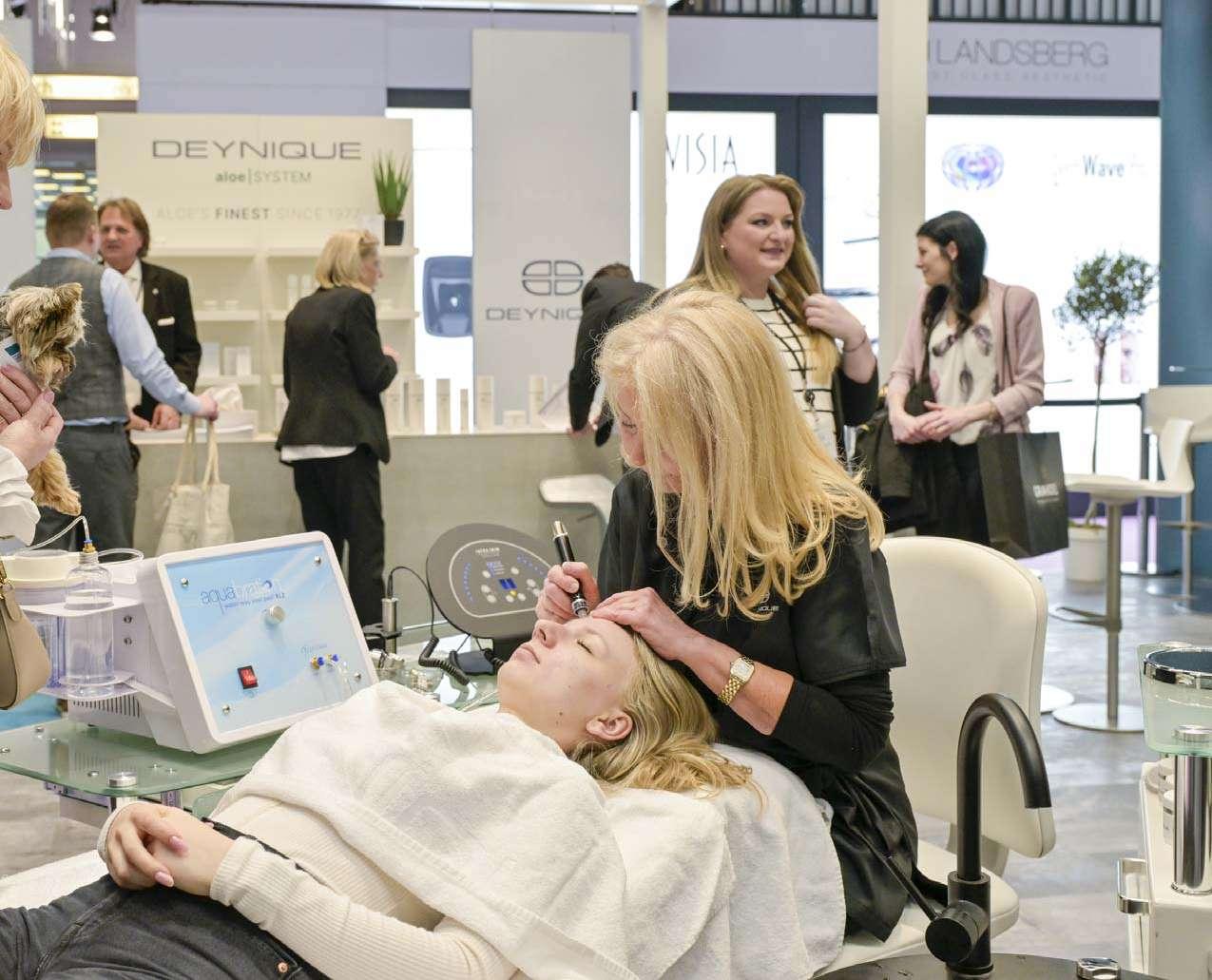
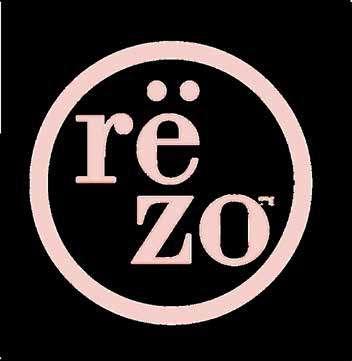

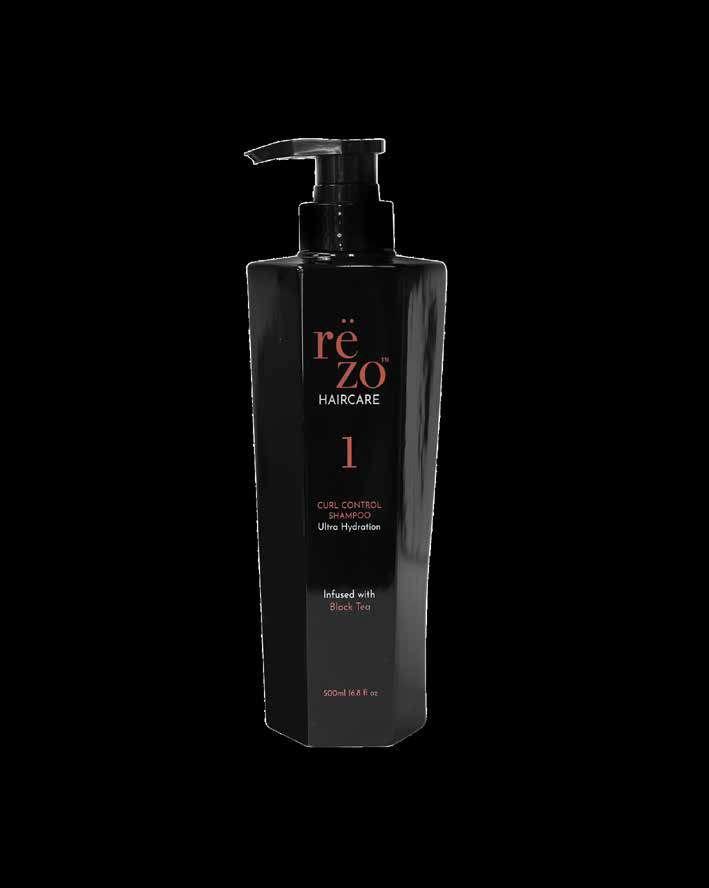
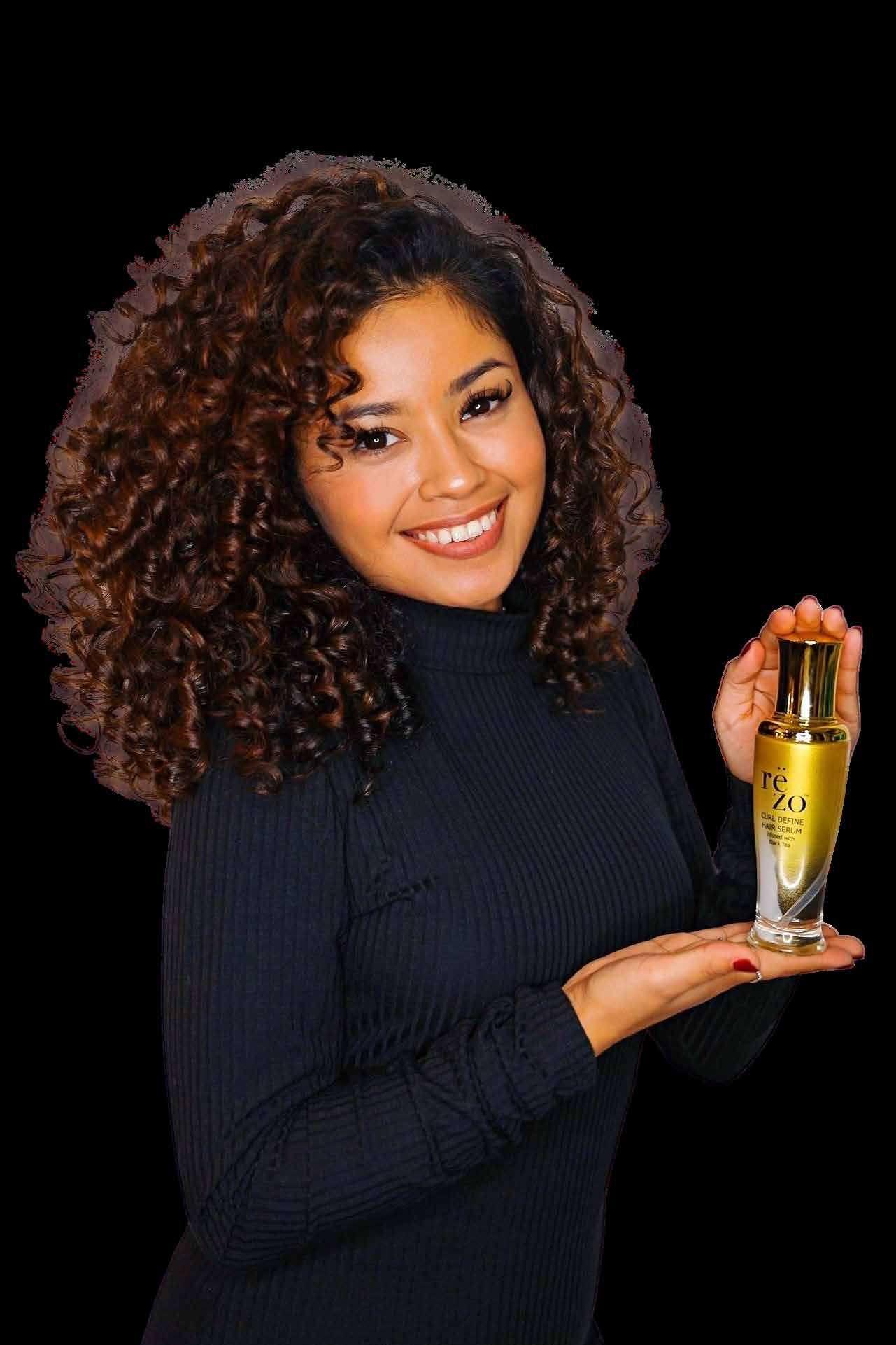
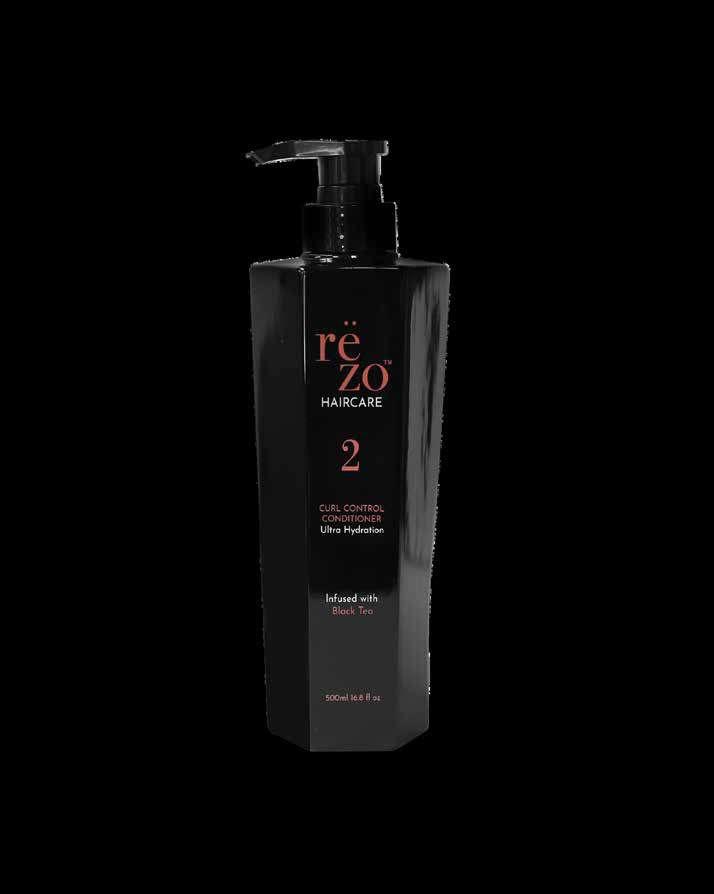
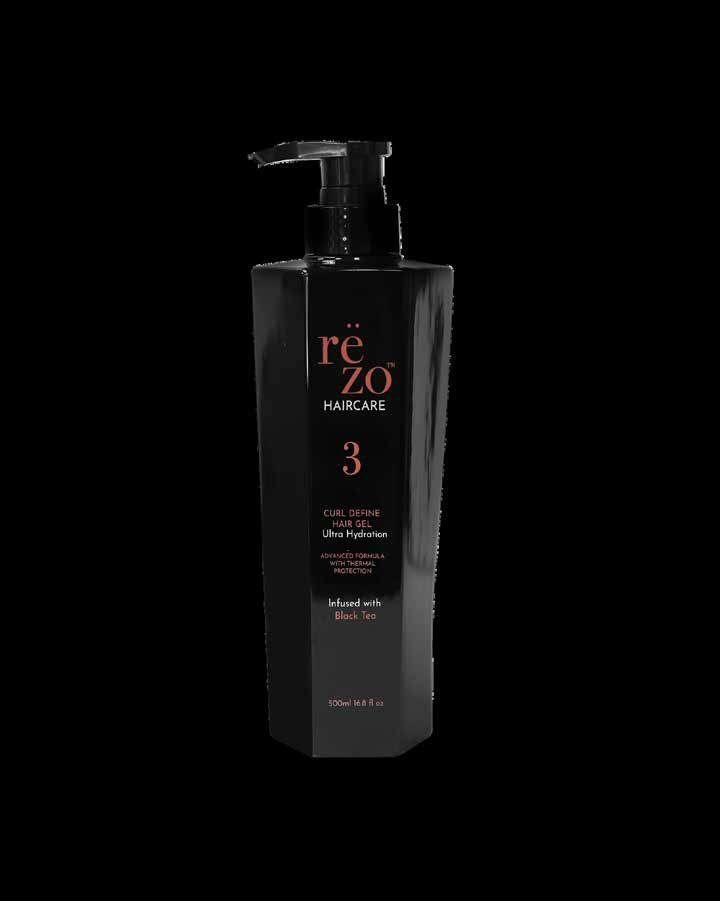
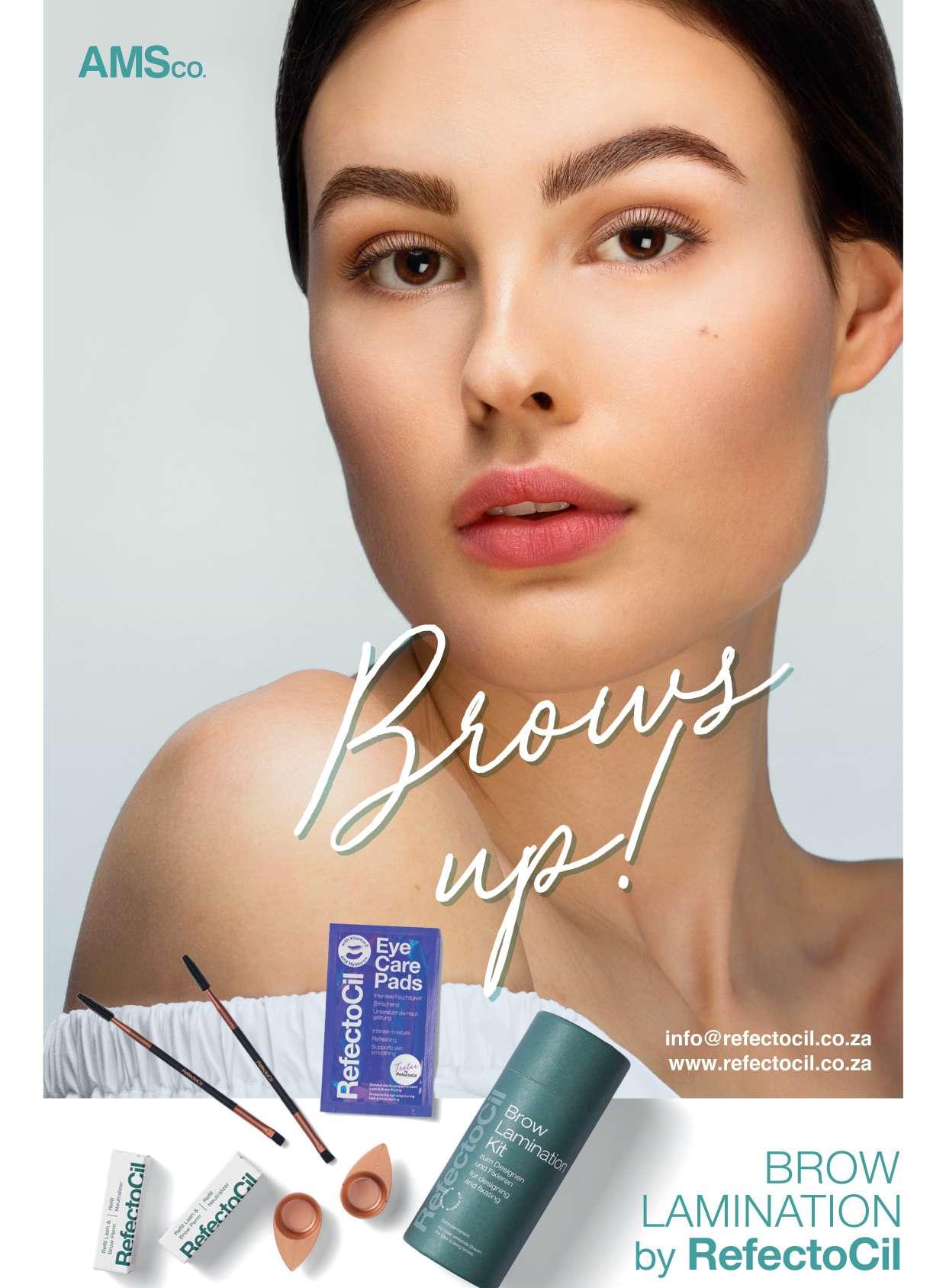
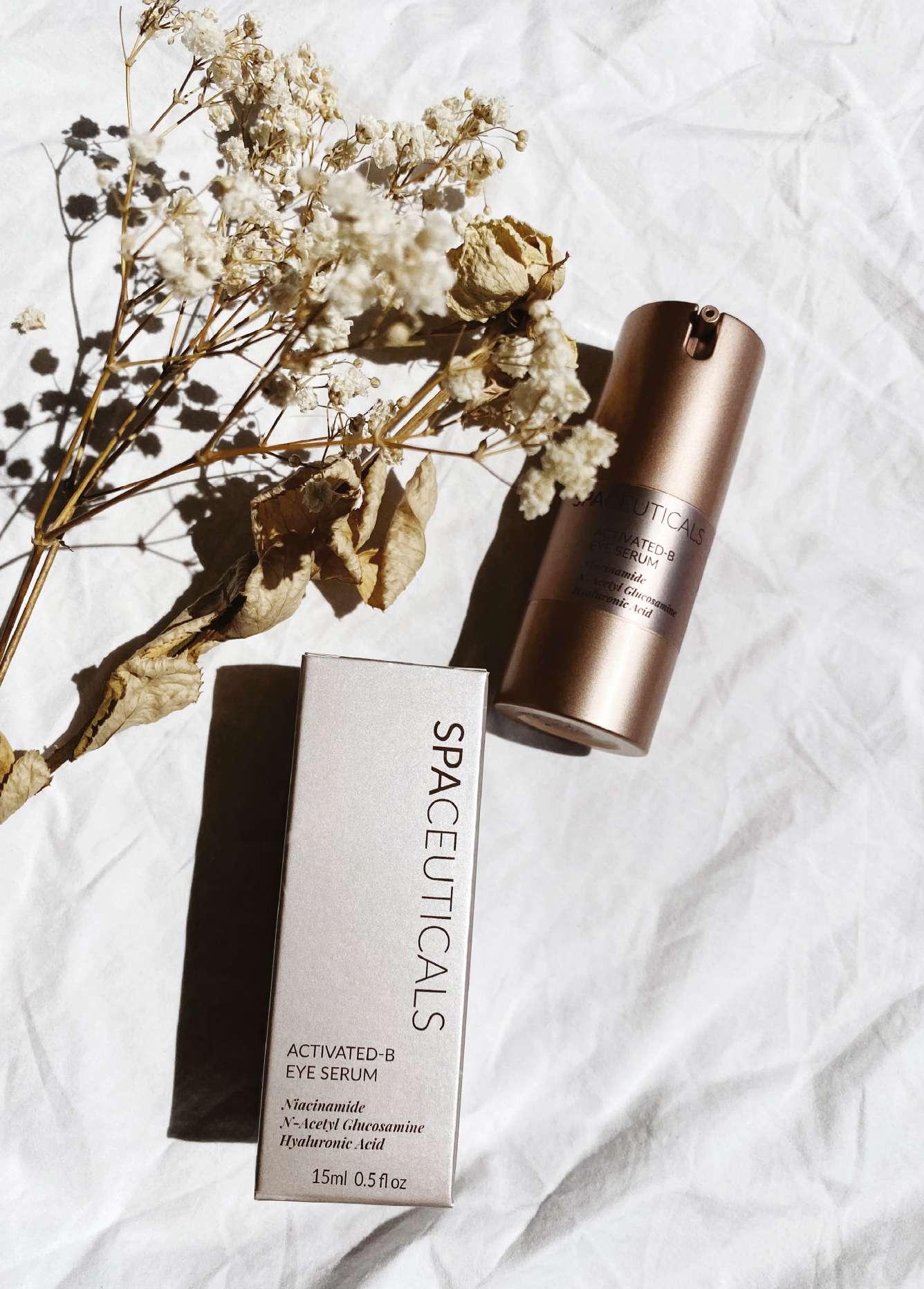

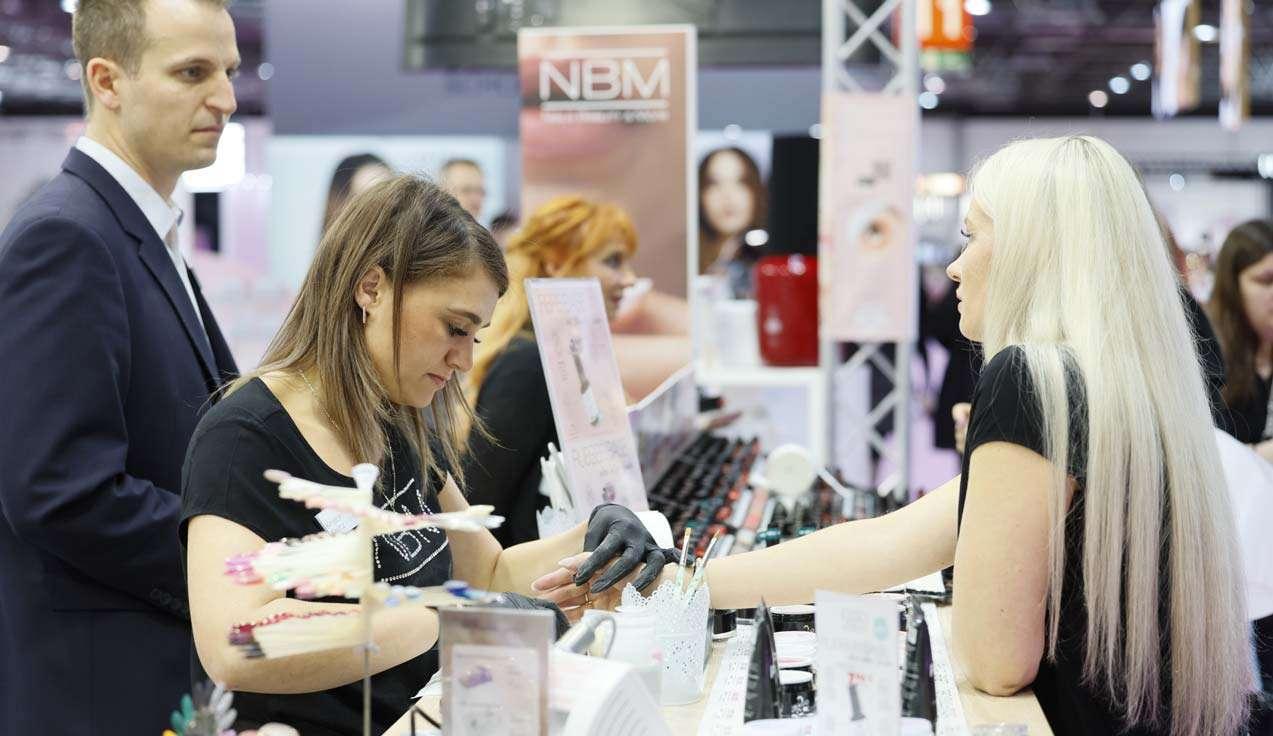
By Prof. Carla Scesa
Arapidly changing world is influencing cosmetology, which today focuses not only on external beauty but on all the factors that generate wellness. In fact, we are addressing (especially in the more developed countries) people who are ageing (and Italy is in first place) and who have been heavily affected, also psychologically, by Covid, lock down, smart working. There is therefore the consequent growing desire to find a new equilibrium in life.
Even for cosmetics, there is a lot of discussion about environment and problems linked to it. But the digital world of the Internet is also being addressed, with global sharing of information and choices.
The result is a new way of thinking, proposing and formulating, which is often described as ‘the new cosmetic normality’.
People seem to no longer be looking for “emotional” ingredients, but for well-defined substances
validated by experimental tests and biochemical research. This scientific information is accompanied by boosters which increase absorption to reach cellular targets with the lowest concentration of active substance and proven efficacy. The Pandemic and the environment also influence the study and production of cosmetics with a low environmental impact, involving resources as local as possible, to reduce transport and storage problems. The use of process energy is reduced through production at lower and controlled temperatures (room temperature processes), and water consumption is limited as much as possible, both during industrial processing and in formulation and subsequent application (particularly interesting, for example, in trichological preparations for professional use).
Advanced textures are being studied which, during application, modify their physical state or ‘dialogue’ with the skin’s neurotransmitters towards new sensations
which increase their effectiveness: creating physical and psychological well being.
The growing presence of the Internet, with its immense communication potential, favours the creativity and technological expression of new, often young, ‘cosmetics protagonists’: small entities of study and research, also from little-known cultures and traditions, and therefore potentially very innovative.
The ‘sea route’ is increasingly opening up with all its as yet unexplored secrets. But the ‘net’ can also generate confusion and misinformation: invisible dangers that nevertheless influence the choice and hence the development of new cosmetics. Products are formulated that communicate daily (an average of eight cosmetics a day) with the human body, influencing the response of its largest protective organ: the skin. Major changes are taking place that affect the skin’s immune response, which has to adapt more and more rapidly to physiological changes due to ageing and the environment. We are particularly concerned with increasing exposure to electromagnetic radiation (mobile phones, computers) from the earliest years of life, in addition to the well-known sun rays whose impact on the earth is changing as a result of climate change.
So how can we meet today’s cosmetic challenges? With knowledge and scientific research made up of studies and new targets: from the microbiota, to epigenetics, to chrono-biological interactions, and with the increasing use of artificial intelligence.
This is a stimulating challenge for cosmetology technicians, but also for the media, which must be an attentive and well-prepared sentinel to inform us all about safe and informed choices.




LACQUERED, PLUMPING, NONSTICKY SHINE



NOURISHING & ANTIOXIDANT (With grape seed oil and Vitamin E)


COMFORT, SUPPLENESS & PROTECTION

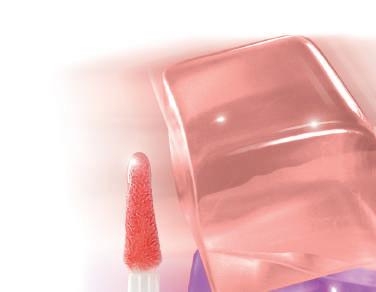
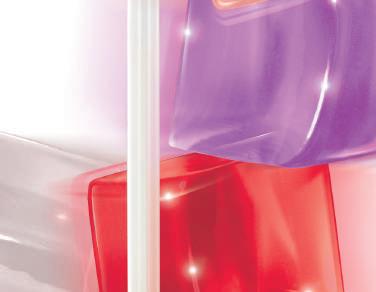
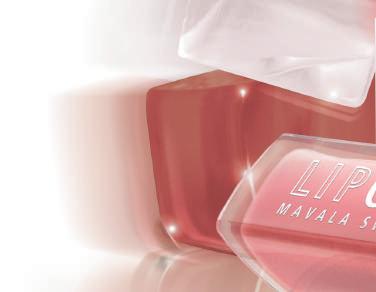



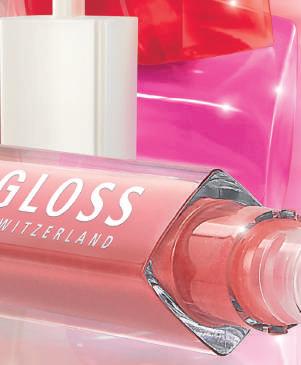
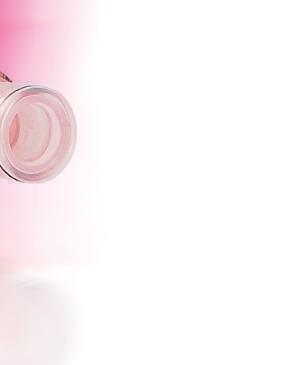
Concentrated in pigments and reflecting mother-of-pearls, this creamy gloss offers a lacquered shine and a colour both fresh and juicy.

Thanks to this caring make-up with a delicate vanilla fragrance, your lips will be supple, protected and brighter than ever !

This caring lip perfector nourishes lips and reinforces their protection. Its smart balance of polymers and softening ingredients allow to obtain a plumping, smooth and non-sticky texture.

– 15 available shades –
www.m av ala. com
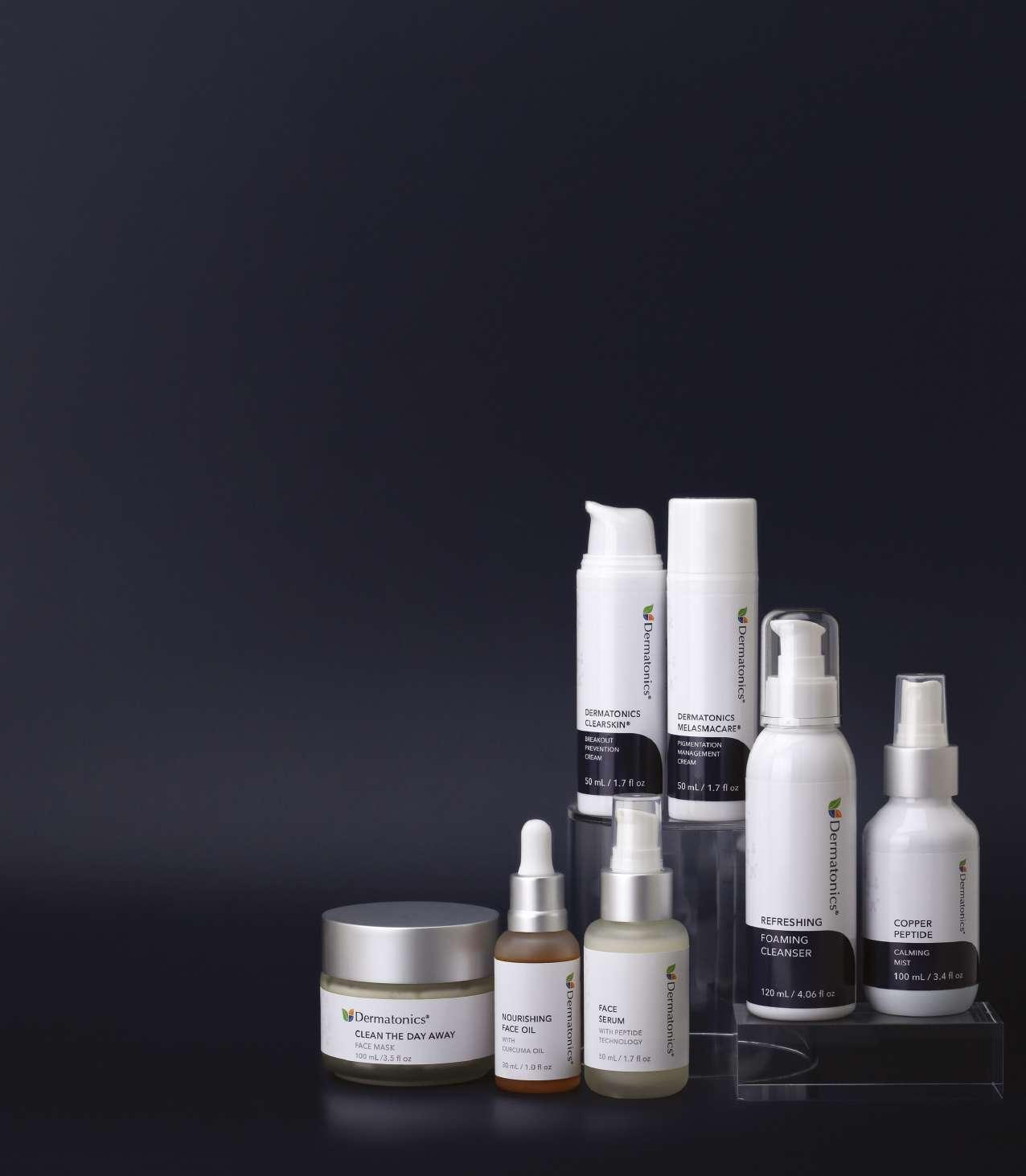

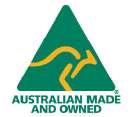
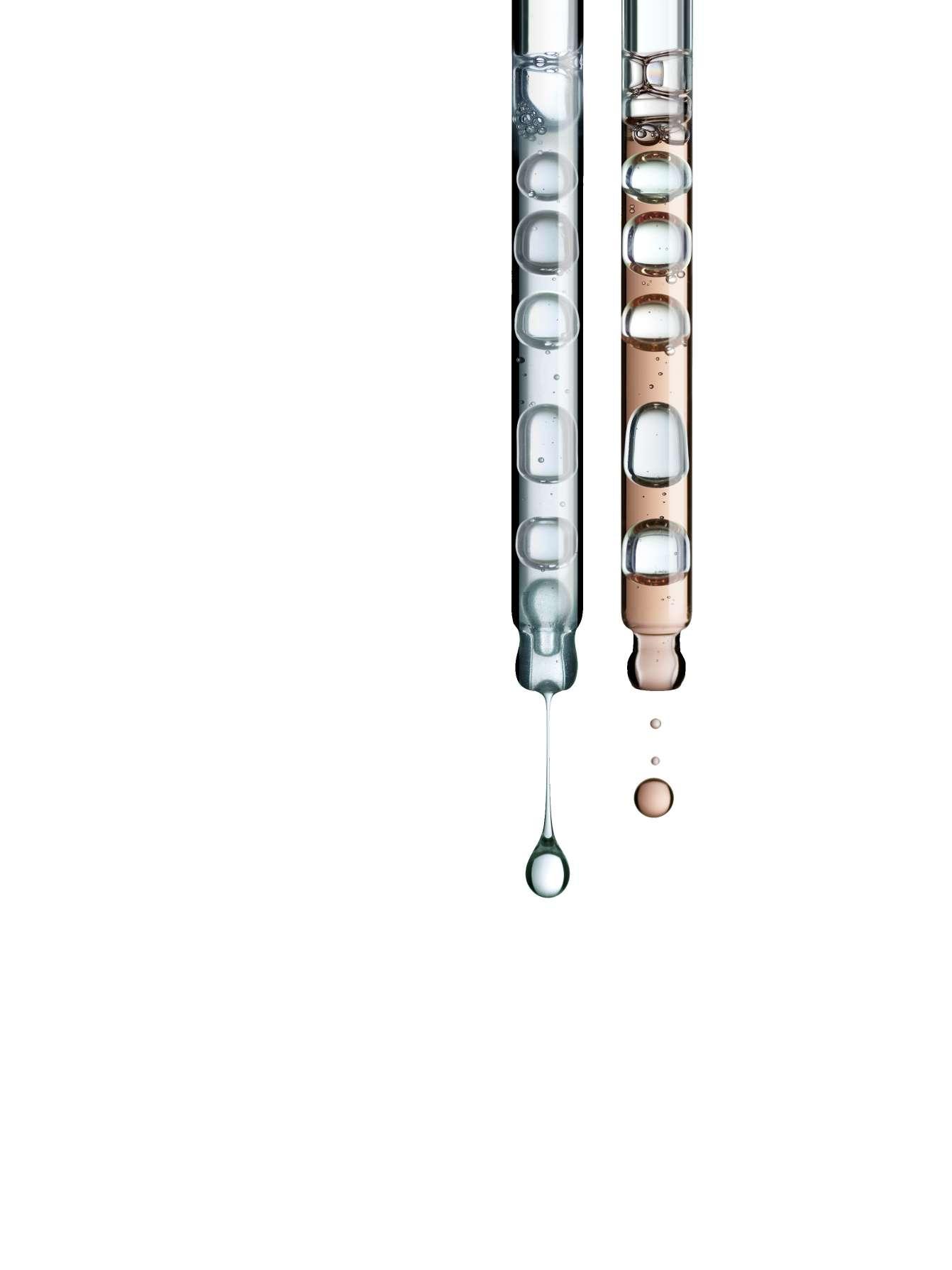
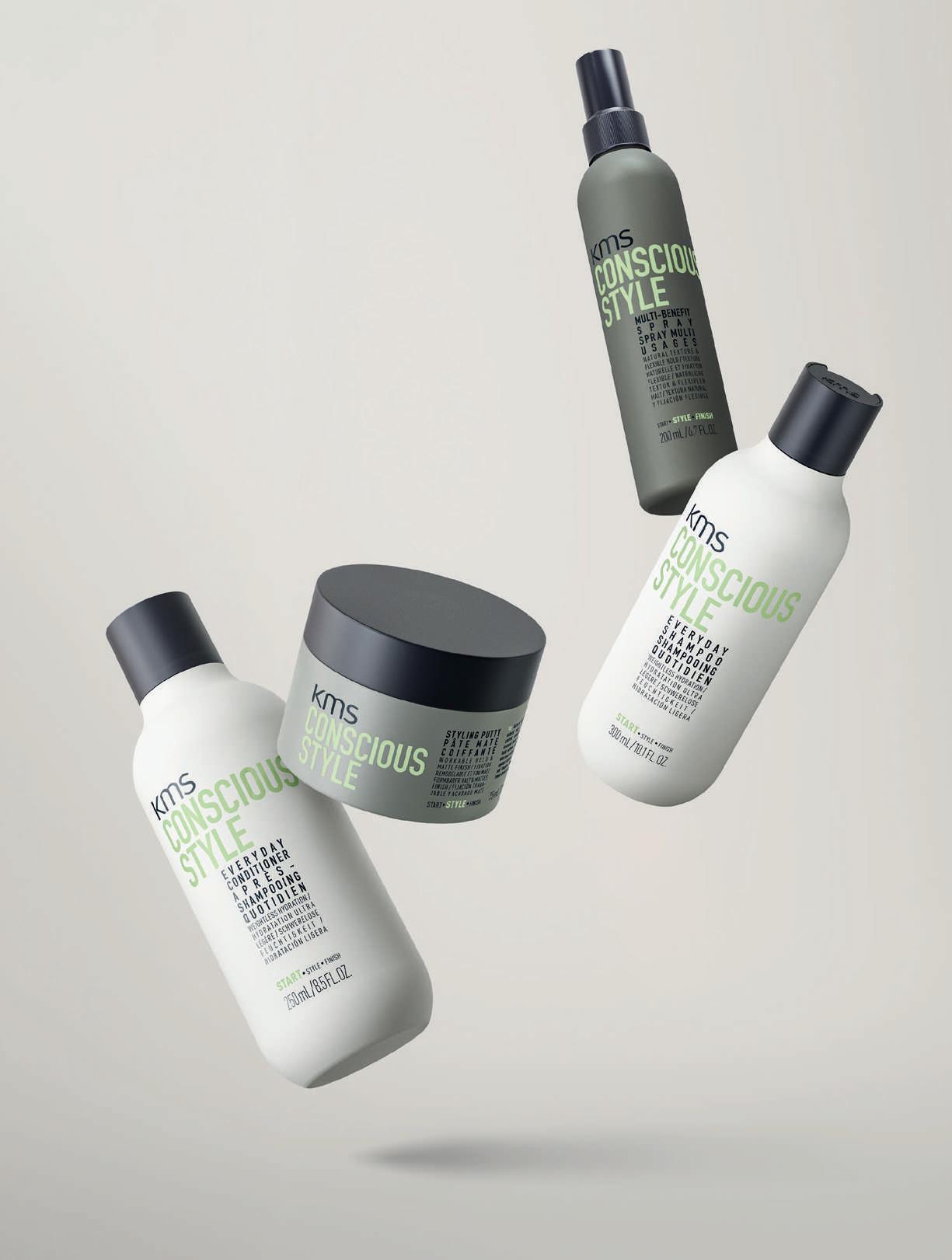
UP TO:
97% BIODEGRADABILITY
98% NATURAL INGREDIENTS
100% PERFORMANCE
USE OF RECYCLED MATERIALS
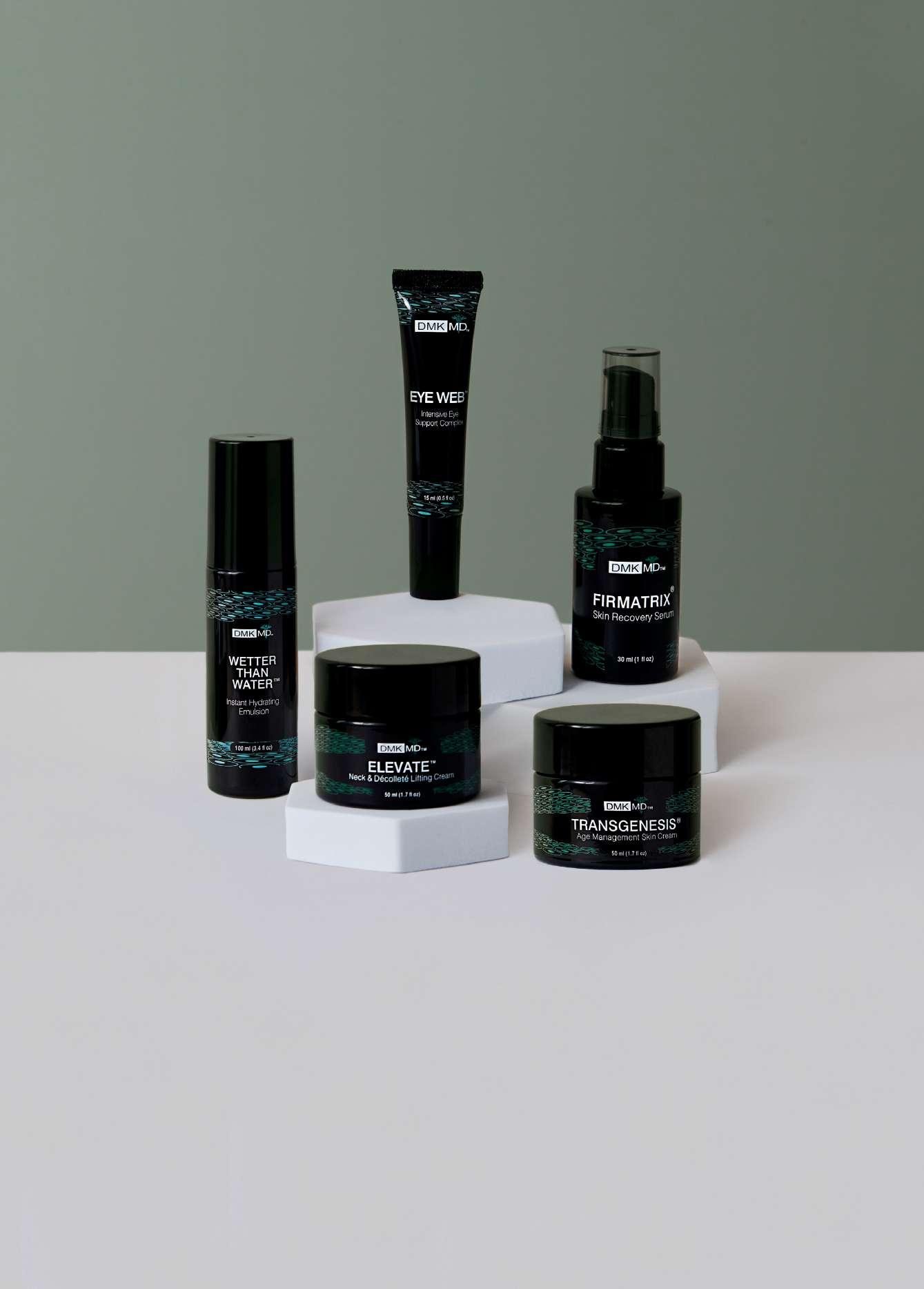
The new DMK MD Home Prescriptive range represents the application of principles and functions found in biological systems to produce scientific-based solutions!
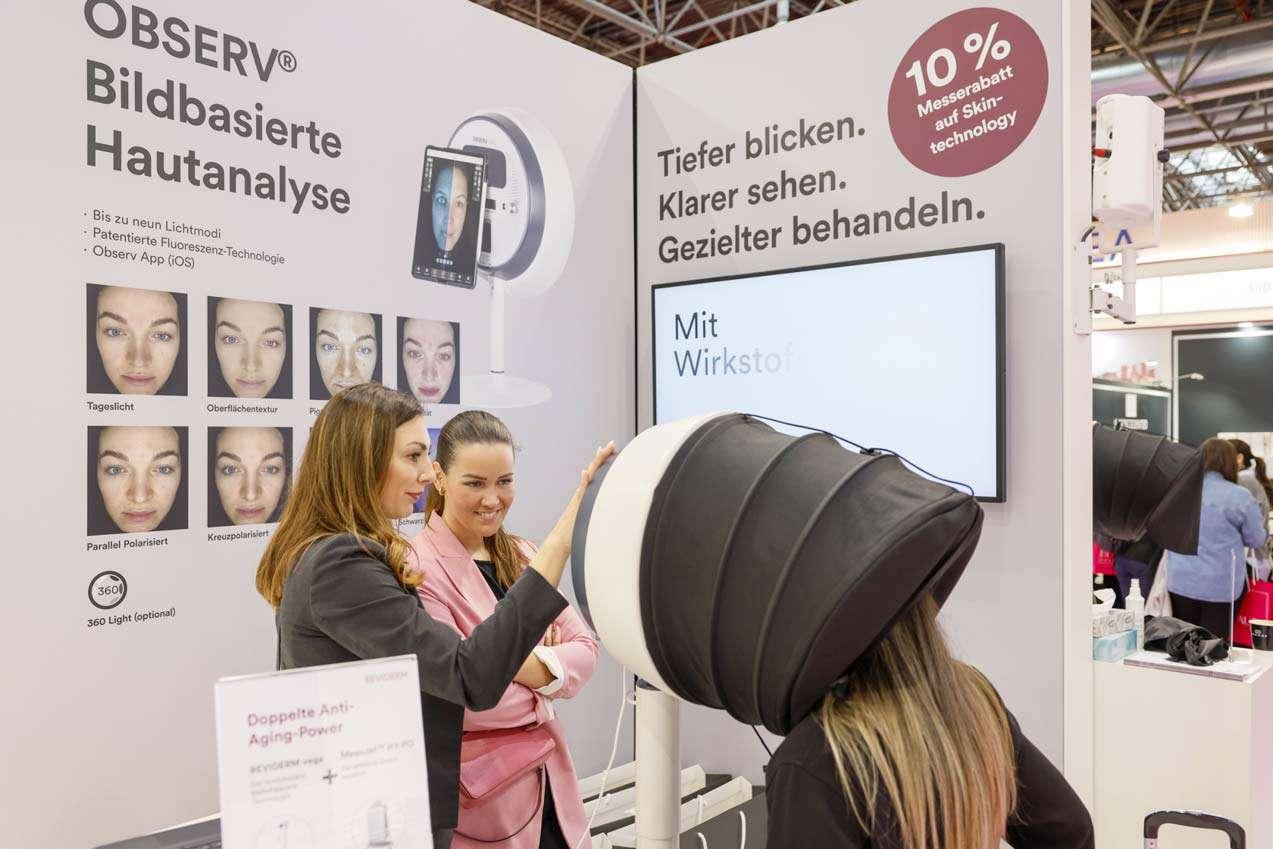
Beautyindustryseeswideradoption of technology in a post-pandemic world
Dubai, UAE: Technology has been around for decades, however it is only in recent years that it has seen tremendous growth and value, massively changing the face of the beauty industry at an unprecedented scale.
The personal care and beauty industry is predicted to cross USD $58.3 billion by 2025, according to Beautyworld Middle East’s intelligence partner, Euromonitor International. Propelled by today’s digitally savvy beauty consumers, the adaptation of technology in the market has catapulted, especially in the past year as a result of the COVID-19 pandemic.
With an increased awareness of hygiene issues related to physically trying on products, alongside store closures, social-distancing measures and self-quarantines, consumers turned to digital channels for beauty shopping (source: Coresight Research). With this, the beauty and personal care industry have rerouted their strategy to better engage with consumers digitally, complementing their existing marketing strategies.
“The COVID-19 pandemic has brought about a drastic change in the landscape and direction of the health and beauty market,” said Abdou Hamad, Sales and Marketing Director for NAZIH Group who will be exhibiting at the 25th edition of Beautyworld Middle East. “We’ve witnessed online beauty coming full circle during the global lockdown
and will inevitably continue its boom post-lockdown. The rise in use of social media encourages consumers’ focus and awareness of their appearance,” added Hamad.
The changes in consumer preference has prompted the sector to quickly embrace new technological solutions, including a high level of online interaction, adaptation of Artificial Intelligence (AI), Augmented Reality (AR) and Virtual Reality (VR).
Though virtual try-on technology has been around for a long time, the industry has seen more adaptors of this feature during the pandemic due to increased hygiene concerns from consumers, with preference to
lessening physical contact.
The industry has also seen a wide adoption of voice controlled, touchless screens for consumers to ‘try on’ products in the stores before purchasing. Virtual try-on in the beauty market represents an excellent use case for AR in retail, providing consumers with a convenient and safe way to try or experience beauty products before making a purchase.
Beauty products are no longer standardised. With more skin diagnostic tools introduced, the beauty industry has advanced analysis across a variety of metrics, emphasising the rising appeal for hyper-personalised skincare

Nutritive serum for longer, fuller, stronger lashes.


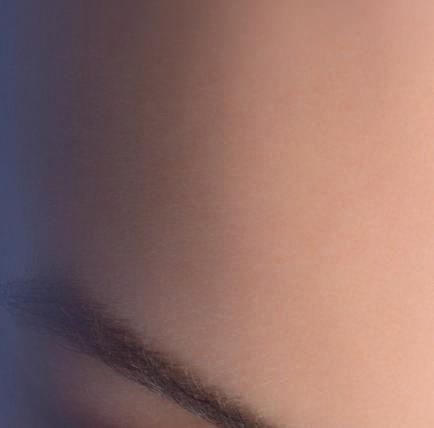
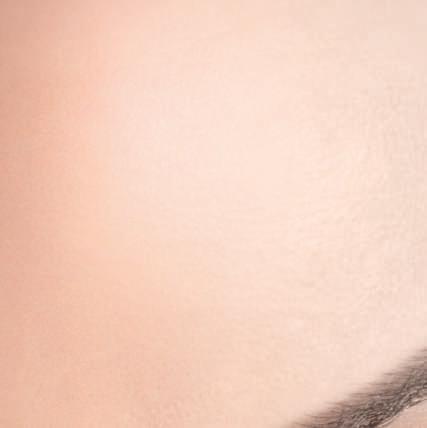


96 % of NATURAL origin ingredients

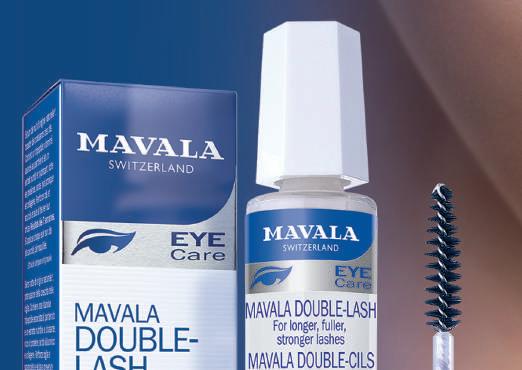

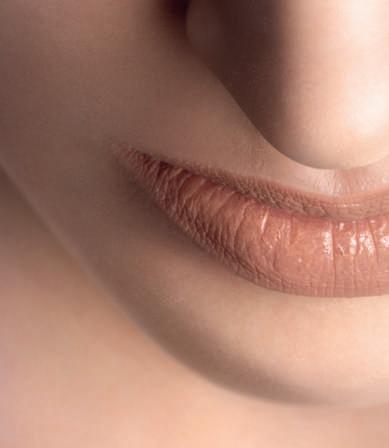
THE ULTIMATE NIGHT CARE FOR YOUR LASHES
Apply MAVALA Double-Lash every evening on clean lashes and allow it to work overnight.
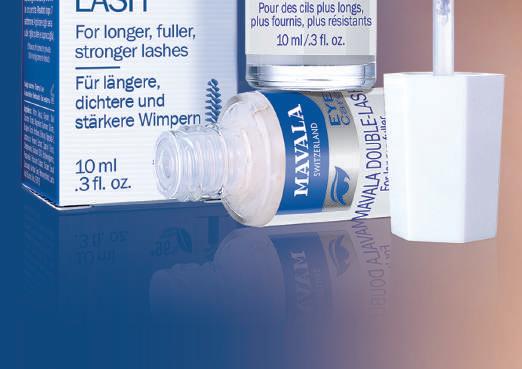
Fuller and longer lashes * after 49 days


• With a revitalizing natural extract combined to a fortifying vitamin complex that improve eyelash growth.
• For silkier, denser, more resistant lashes.
• Also recommended for eyebrows.
Ophthalmologically tested.
Fragrance free, colourant free.
* Clinically proven efficacy. Significant increase in the length and volume of eyelashes after 7 weeks of daily application. Tested on 20 women.

70 product references + professional range for cabin.
Clean beauty, Biotech formulas made in Switzerland for skincare, bodycare, haircare, nailcare, babycare and more.
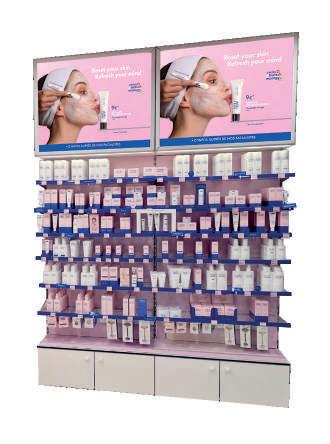
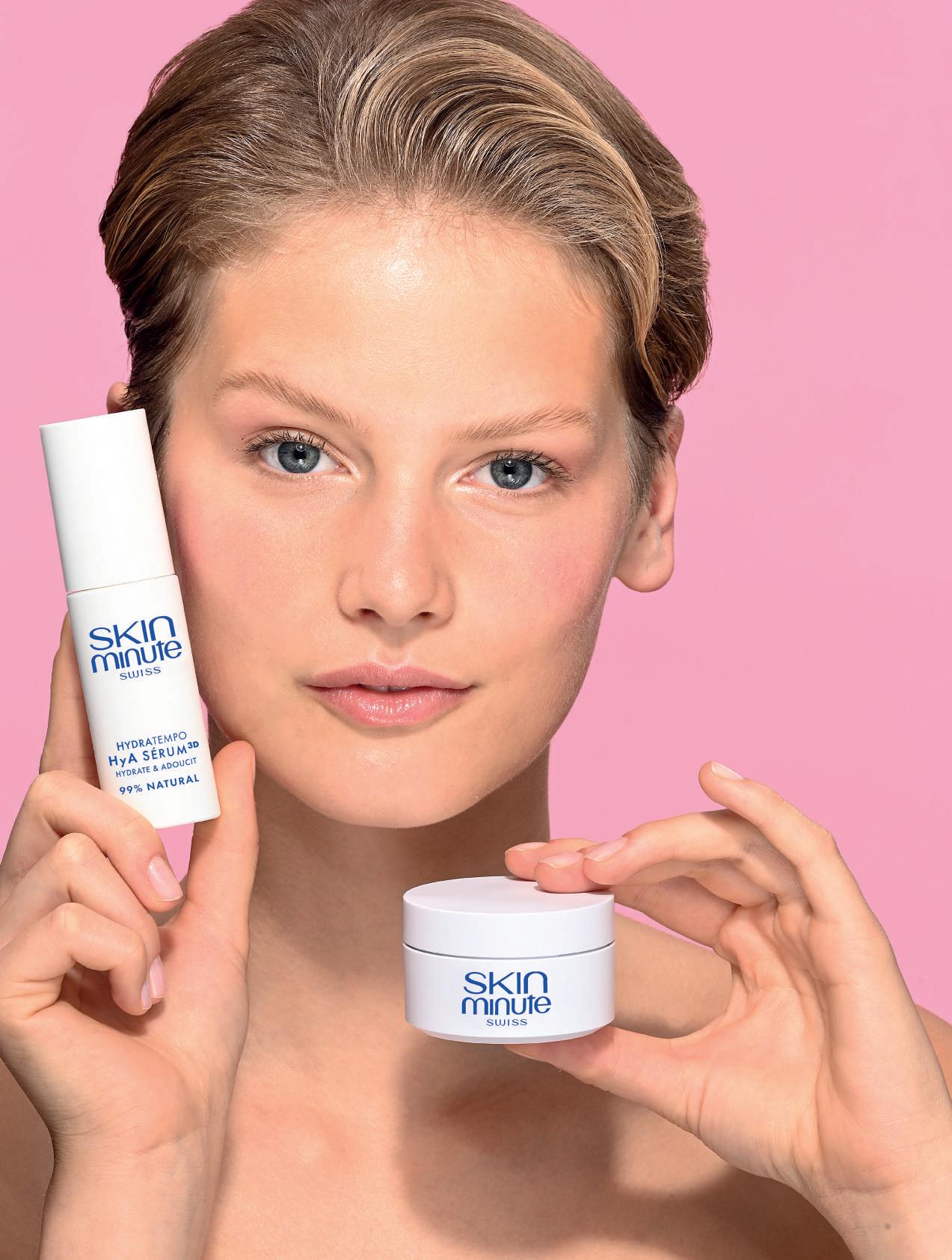
# swiss biotech ecology

The French master Franchise owns 500 beauty salons (2600 cabines), n°1 in Paris and in France.
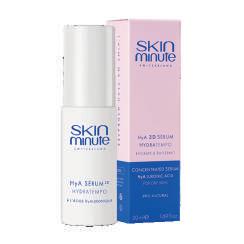
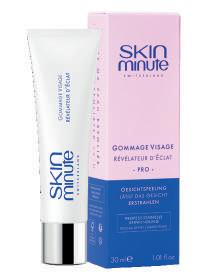
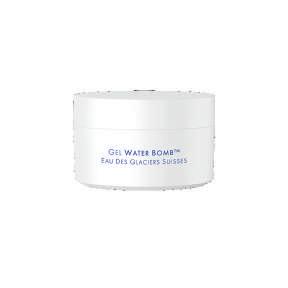
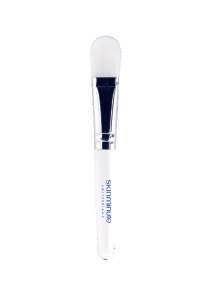
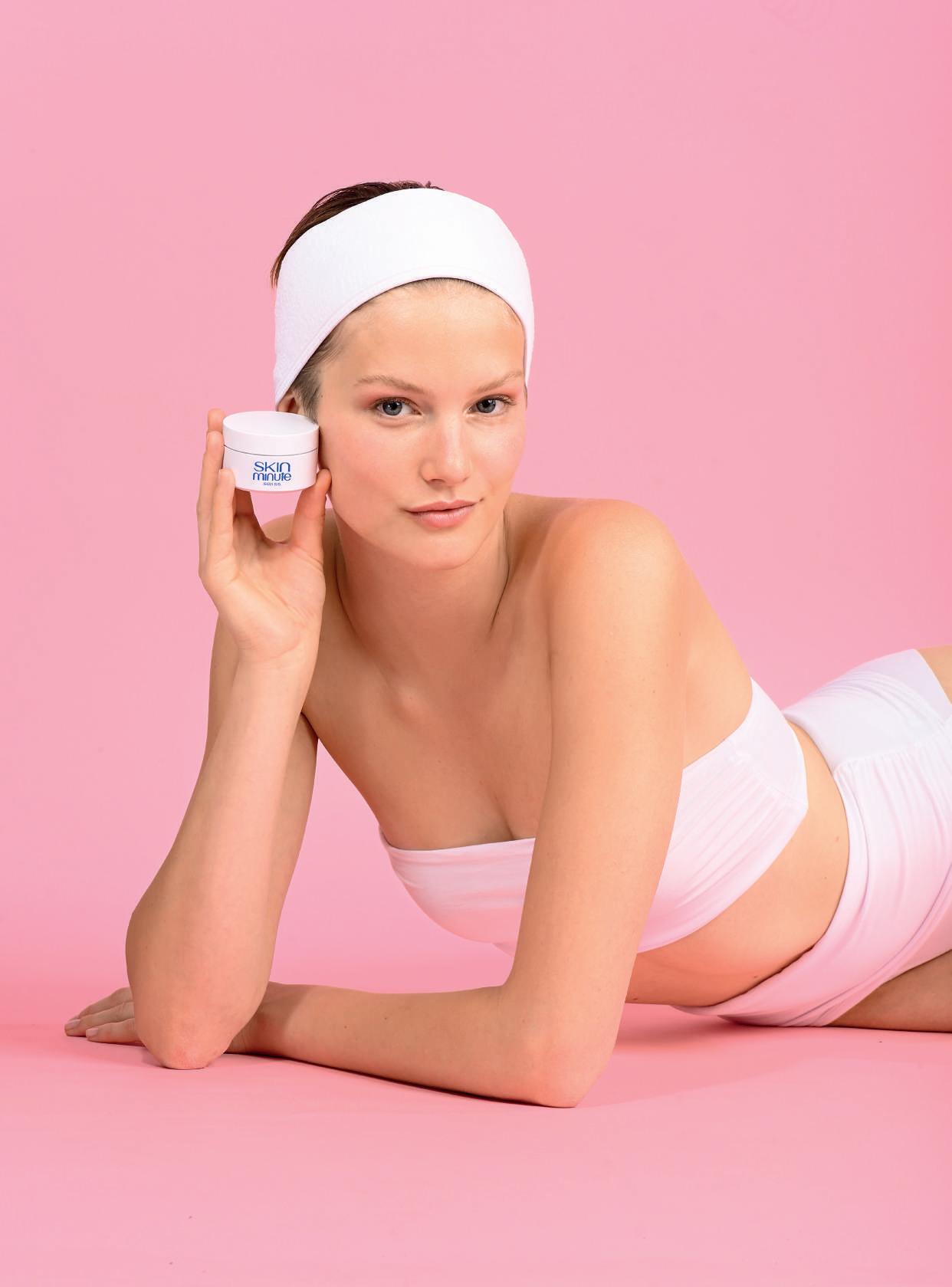

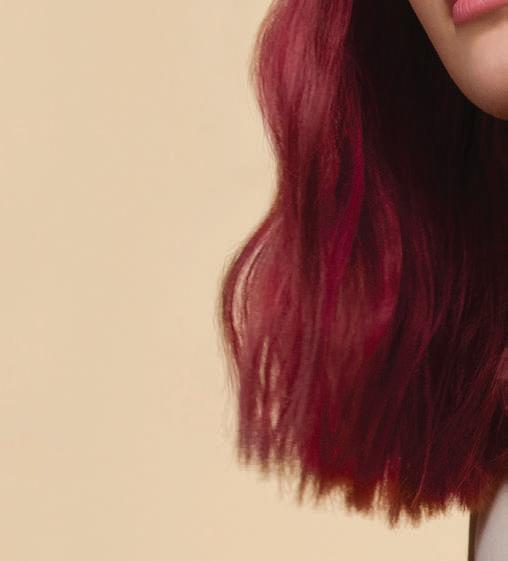

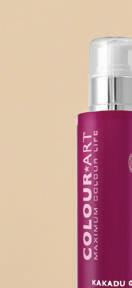

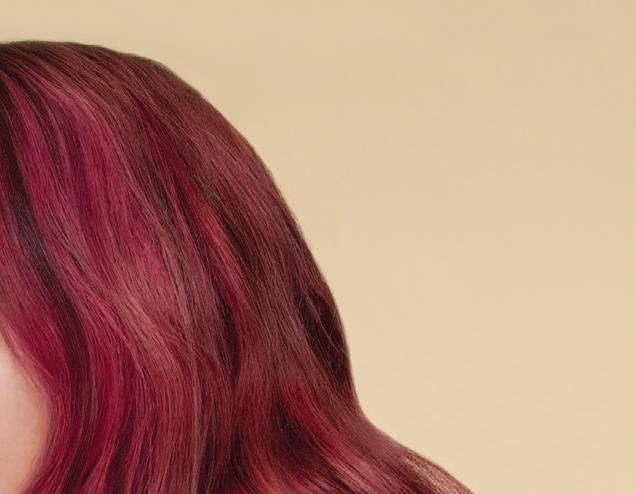
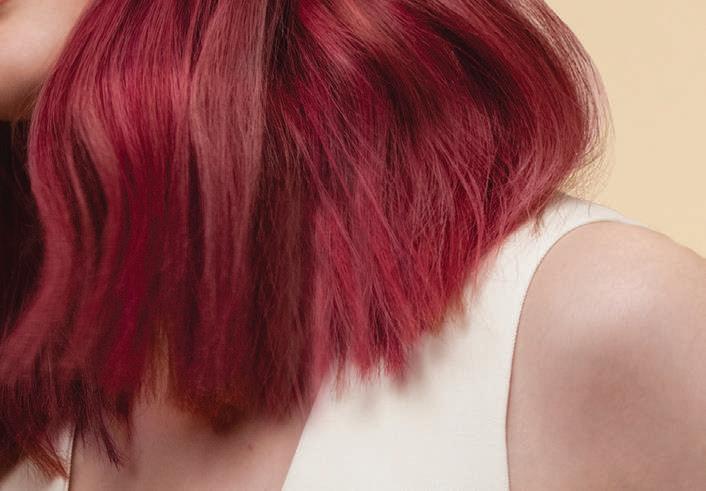

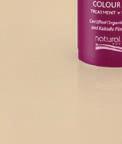














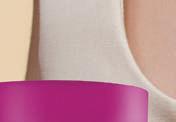



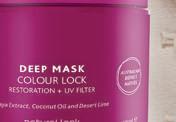
AUSTRALIAN BLEND 5 NATIVE INGREDIENTS

VEGAN FRIENDLY & CRUELTY FREE FREE FROM SLS, PARABEN & PETROCHEMICALS SUITABLE FOR NATURAL, COLOUR TREATED OR HIGHLIGHTED HAIR
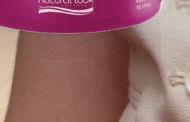



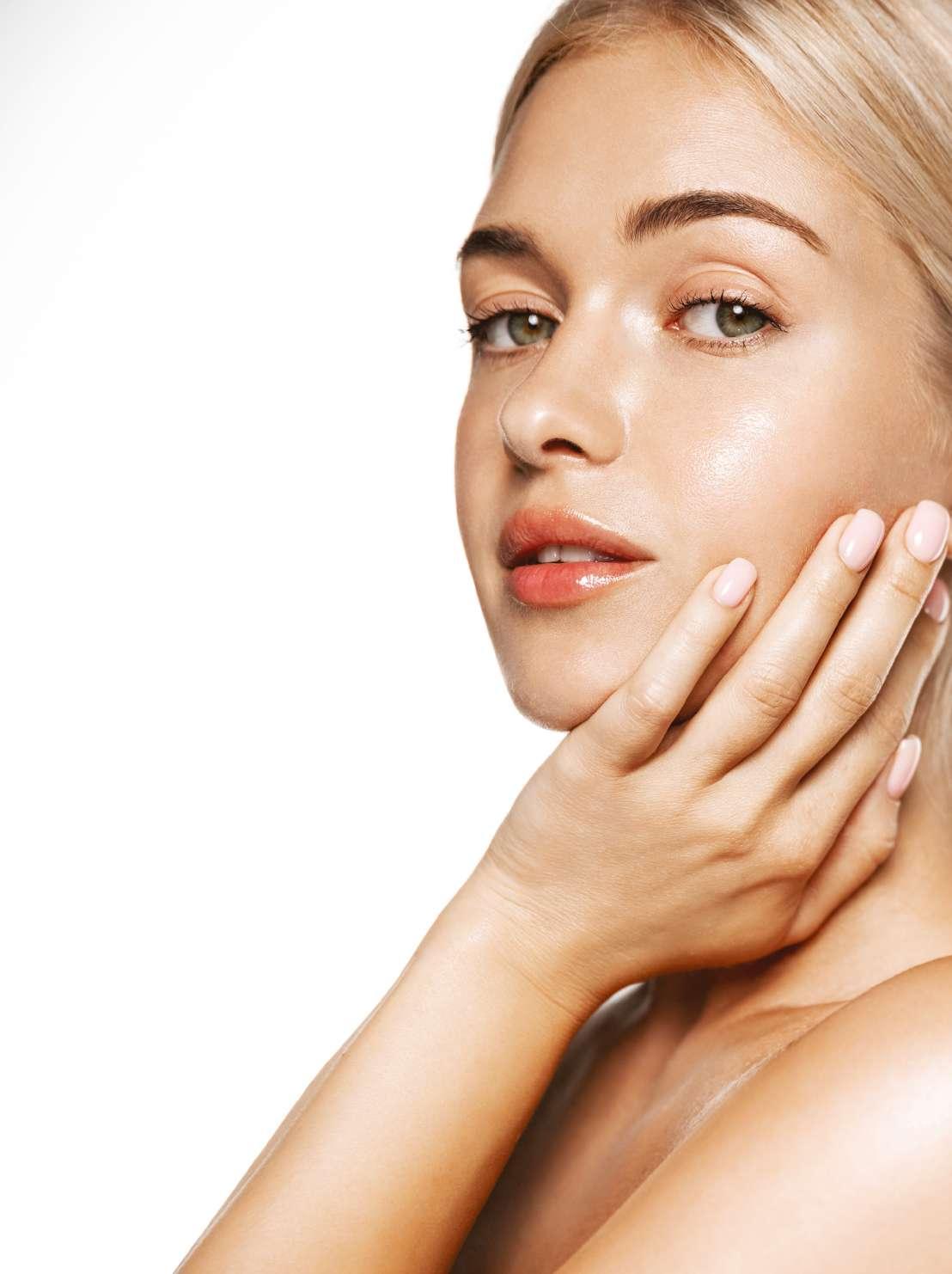
Throughout 2024 we have seen an increased interest from consumers in luxury body care – formulas that go beyond just standard moisturising and feel amazing during and after application. As this trend will continue into 2025, lets look at what it takes to create luxe body care formulas…
Luxe body care starts with a gentler, more hydrating clean
Many luxe body care ranges start with a cleansing product with mildness claims beyond just the foaming agents. Gentle body wash products can include:
micellar body wash formulas: use low inputs of non-ionic surfactants to provide just enough foam to give a luxe-feeling clean, without leaving the skin feeling stripped of its natural oil balance. Non-ionic surfactant inputs can be as low as 3%w/w active content and work particularly well in self-foaming dispensers.
oil-to-milk and oil-to-foam formulas: oil-to-milk and oil-to-foam formulas both need special materials, such as Sucragel and Micromulse foam (both from Alchemy ingredients) used at 25-30%w/w to come together. These innovative functional ingredients enable the rest of the formula to use oil-based ingredients and yet still wash from the skin without an oily residue.
foaming shower oil formulas: these cleansing formulas use a super fatting agent at a much higher input than normal (around 12-15%w/w) to provide a very mild, moisturising clean and creamy foam, along with a primary surfactant and matching input of lipids. With these types of cleansing formulas, the skin already feels more hydrated and smoother than using traditionally built high-foaming body
wash, for a more sensorially pleasing feel.
Standard body lotion formulas use between 7-9%w/w lipid input, but that is not enough to meet the desired results of luxury lotion formulas. Not only is a higher lipid input needed – usually around 912%w/w – but the choice of lipids is incredibly important. They should be sustainable, ethically sourced plant oils, usually of an exotic or at least widely popular variety, with nutrient benefits to support skin hydration and repair. The combination of oils used must also provide a sensorial delight and leave the skin feeling soft and silky but never greasy.
In addition, the choice of emulsifiers used is incredibly important. Emulsifiers used in luxury body care should not only boost the stability of the formula, but its sensory aspects as well. It is an added boost if they can support the product story with clinically proven hydration.
Emulsifiers that can provide a boost to the product story or lasting hydration are many and varied; speak with your suppliers to find out about their product offerings. Some of the more interesting inclusions are the EmulsiPure range by AE Chemie, where plant derived emulsifiers are paired with various types of plant derivatives (for example, hemp oil, marula oil and green coffee extract, to name a few), for additional plantbased benefits. The Emulium range by Gattefosse contains a variety of choices all with the focus being on the sensory profile of the finished emulsion. Lucas Meyer also has a
range of lecithin-based emulsifiers with varying sensory profiles, such as their Heliosoft, Heliofeel and Biophilic ranges. See how lecithin can improve the skin feel of your emulsions in this video.
There is an ever-growing trend towards wanting ‘more’ from body care formulas these days. Lasting hydration is expected, but even more than that now: consumers are looking for their body care formulas to address very specific skin conditions and needs.
One example is to repair UV damage. Some great ingredient additions for this specific concern include vitamin B3, ectoin, betaglucan and anti-oxidant rich extracts. More advanced actives include Repair Complex CLR (CLR Chemisches Laboratorium) and Gatuline Skin-Repair (Gattefosse). Sun protection is also an increasing trend to stop the damage in the first place – non-greasy, long wearing SPF50 body care is essential these days when facing the environment.
Another rapidly growing trend is for anti-acne and keratolytic performance. Alpha- and beta-hydroxy acids were normally only used in facial care but have now been found in an increasing number of body care formulas. These may be in a cleansing or exfoliating form, and may also be included in leaveon lotion formulas for lasting activity as well.
Last but by no means least are skin rejuvenation and hyperpigmentation actives. We’re seeing active ingredients traditionally used in face creams now appearing as hero ingredients in body care. Look for
actives that have particular activity on age spots and skin-firming when adding to your body care formulas. Investigate Delentigo (Mibelle AG Biochemistry), Wakamine (Givaudan Active Beauty) and Gatuline SpotLight (Gattefosse) for use in body care products intended to lighten age spots specifically.
For skin firming, try Gatuline In-Tense

(Gattefosse), Slimming Factor Karkade (Lipoid Kosmetik), Asiaticoside (Seppic), Regu-Slim (dsm-firmenich), Sculptessence (Lucas Meyer Cosmetics) and Zirhafirm (Provital). Check out this video for more body firming formula ideas and this anti-cellulite cream for more actives with body smoothing efficacy data.
Add
Depending on who your body lotion formula is for, a touch of shimmer can give additional effects. We’re not talking a party-level input, but instead, a subtle shimmer that adds to the appeal of a product. For Asian skin types, a pearly effect is highly desirable; for Caucasian skin types, a gentle glow. All skin types look healthier when more supple, so when hydrated and a very small input of effects pigment is present, it can give the final formula a little something more.
As with all body care, the way it smells is incredibly important. The aroma of a product formula is not only the first thing noticed by most consumers, it can also be a lasting reminder of why they love their luxury skin care. Just remember when formulating luxe, the aromatic profile needs to match the target market very closely and is generally more complex than budget body care. Speak with your fragrance supplier for highly substantive materials and test your intended aromas on your target market to make sure it’s as desirable as the rest of the product formula so that they want to wear it every day.
With such a wide and diverse market of users, luxury body care is growing rapidly. Make your next body care formulas luxe with these formulation tips to meet the demand for this booming product category.
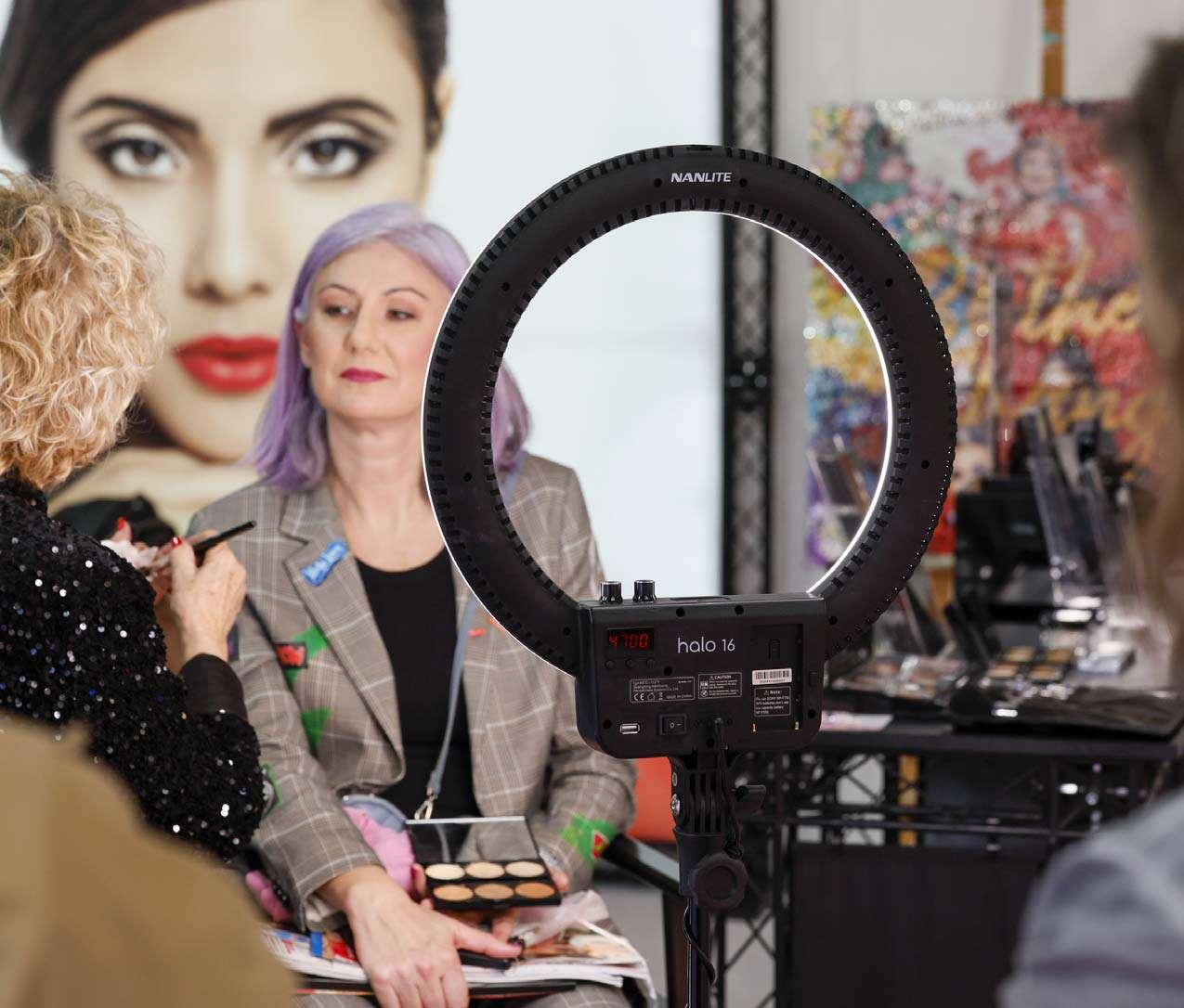
Fragrances are volatile com pounds capable of readily converting from a liquid state to a vapour state at room temperature. These molecules of vapourized liquid are what we perceive as smells; lighter than air, they drift into our noses and engage our olfactory receptors.
There are many types of fragrance molecules, but we will focus on essential oils, which are abundant in the natural world.
Essential oils are aromatic compounds produced by many plants, and they are of interest to us because of their fragrances: The smells of different essential oils can alter our brain chemistry, impacting our emotional and mental states.
Essential oils are complex mixtures of terpenes and other aromatic or aliphatic compounds, produced as secondary metabolites in specialized secretory tissues of aromatic plants.
Plants produce essential oils for a variety of biological purposes: to cool off by way of oil evaporation, to attract pollinators, to make themselves unpalatable to insects and animals, to ward off disease, even to make the soil around them toxic to other plants, thus reducing competition for sunlight, moisture, and nutrients. Essential oils may be present in the plants’ flowers, leaves, roots, or bark.
After the plants have been harvested, the essential oils can be extracted using different methods such as steam distillation, expression (physical crushing of essential oil glands situated in fruit rinds or the outermost waxy layer of fruit peels),
microwave-assisted extraction, solvent extraction, or enfleurage (transfer of the essential oil from flower petals to fat).
In general, the most common method is steam distillation, but expression is the method used most frequently to obtain essential oils from the peels of citrus fruits such as oranges, lemons, or bergamot.
Essential oils have found their way into everyday life, notably into foods, beverages and confectionery items; into personal care products (soaps, toothpastes, mouthwashes, deodorants, bath lotions and shampoos), perfumes, other cosmetics, and pharmaceutical formulations. Essential oils are added to make such products more attractive or to mask the taste or smell of less pleasant ingredients.
Green consumerism and the “naturals” trend have provided a fresh impetus for the use of plant essential oils, particularly in the skincare beauty industry. In addition to their fragrances and natural marketing image, essential oils also bring comprehensive active compounds to modern skincare products.
For example, essential oils can serve as natural preservative agents, due to their antimicrobial properties. They can also provide additional benefits to skin such as anti-acne effects, anti-aging effects, skin lightening, and sun protection.
Essential oils may contain anywhere from a few to more than 100 single molecular structures. However, essential oils are usually natural mixtures of about 20–70 components, with two or three of the major
components being present at fairly high concentrations and other components present in trace amounts. The contribution of a single compound to an oil’s fragrance does not solely depend on its concentration though; it also relies on its odor threshold, which is determined by its structure and volatility. Therefore, minor components derived from oxidation or degradation reactions may have a strong impact on an oil’s fragrance if their aroma values are high enough.
Essential oil components can be roughly classified into three families: lipophilic terpenoids, phenylpropanoids, and short-chain aliphatic hydrocarbons. Lipophilic terpenoids are the most frequent and characteristic constituents. Among them, allylic, mono-, bi-, tricyclic mono- and sesquiterpenoids make up a major part of essential oils.
In general, monoterpene hydrocarbons are less influential on the fragrance of the essential oil than their oxygenated counterparts, which are highly odoriferous. Having a concentration of about 90%, monoterpenes are the most abundant component in essential oils. They have a great variety of structures, but geraniol/nerol, linalool, citronellol, citronellal and citral are the most important terpenes to an oil’s fragrance.
The chemical compositions of essential oils are heavily dependent on physiological (plant organ, ontogenesis), environmental (soil composition, weather conditions), and genetic factors.
Other factors such as geographical variation, plant characteristics (which species, whether cultivated or wild),
harvest or postharvest conditions, production parameters (oil production methodology, distillation parameters), and other parameters (storage condition, storage time) also impact the compositions of essential oils.
Essential oils are classified as top,

middle, or base notes according to their odorous characteristics, diffusion rate and volatility. The top notes are the most volatile oils and are therefore the first perceptible odors. In other words, they are detected first and fade first. As such, top notes are responsible for a product’s first impression on customers. These are light scents, usually lasting 5–10 minutes, but they may remain for a maximum of 30 minutes. Bergamot, juniper, cinnamon, and gardenia essential oils are all top notes.
Middle notes tend to be spicy or
floral and give body to blends; they can remain for up to one hour. Ylang-ylang, geranium, lavender, jasmine, and clove essential oils are all middle notes. The base notes give a fragrance depth and last the longest, remaining for up to several hours. Myrrh, vanilla, sandalwood, and frankincense essential oils are all base notes.
Most common essential oils have been well tried and tested; their safety levels have been determined. As such, it is known that some essential oils are more likely to cause adverse skin reactions than others.
The presence and concentration of a relatively potent allergen is a major factor in allergic contact dermatitis, and the oxidation of essential oil constituents can increase the risk of adverse skin reactions because the resulting oxides and peroxides are generally more reactive. Therefore, the proper storage of essential oils is important to the preservation of their effectiveness and the reduction of adverse reactions.
Photosensitization may occur when an essential oil with a photosensitizing constituent is applied to skin and then exposed to sunlight or
ultraviolet light. For instance, furanocoumarins are photosensitizers that may be present in expressed citrus peel oils and angelica root, rue, parsley leaf, or marigold essential oils.
The most common furanocoumarins are psoralen and bergapten. Inflammatory skin reactions such as pigmentation, blistering, or even severe skin burns can occur when furanocoumarins are applied to skin and exposed to ultraviolet light. We have detailed this situation in an earlier article about phytotoxicity for safe, natural ingredients.
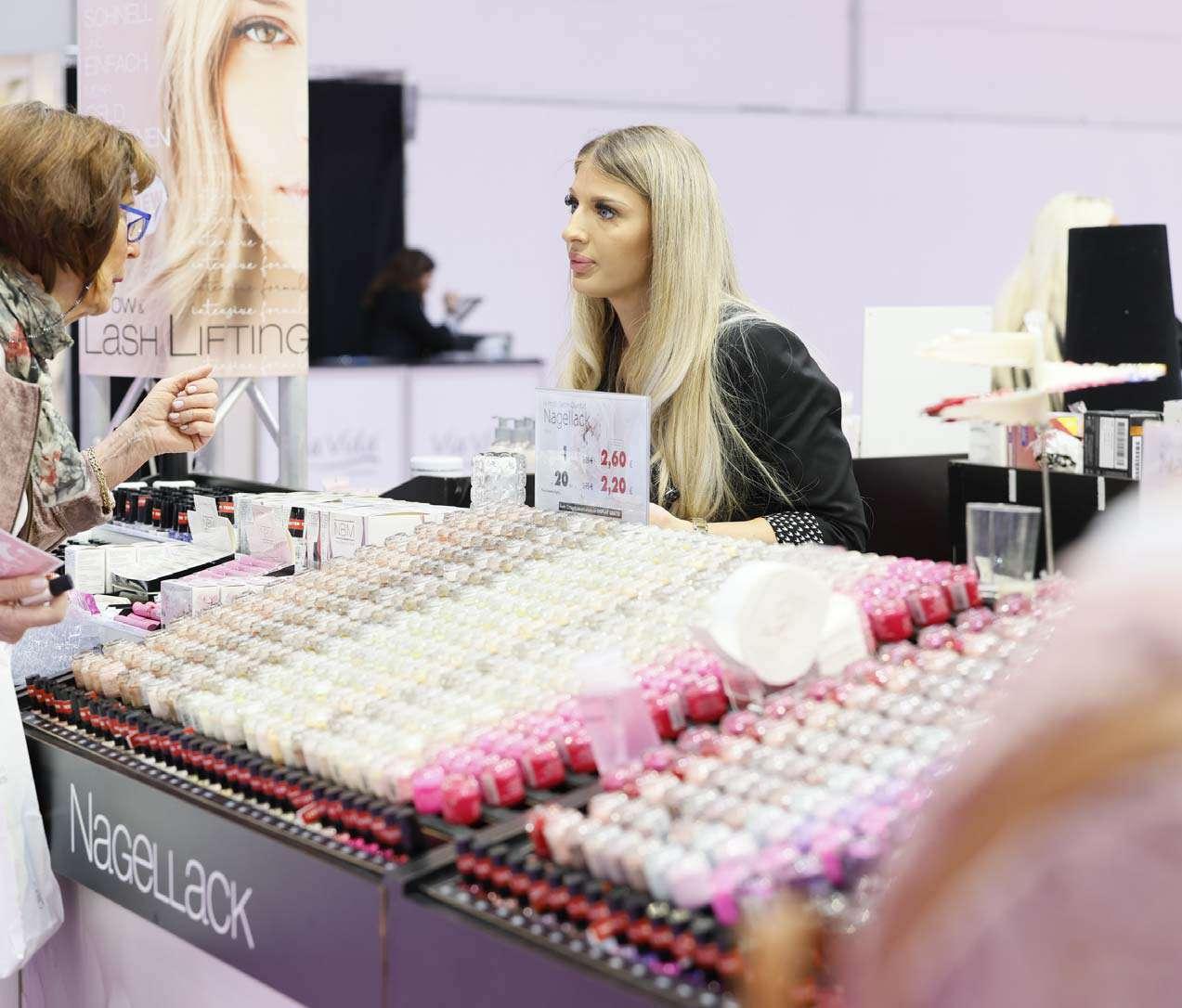
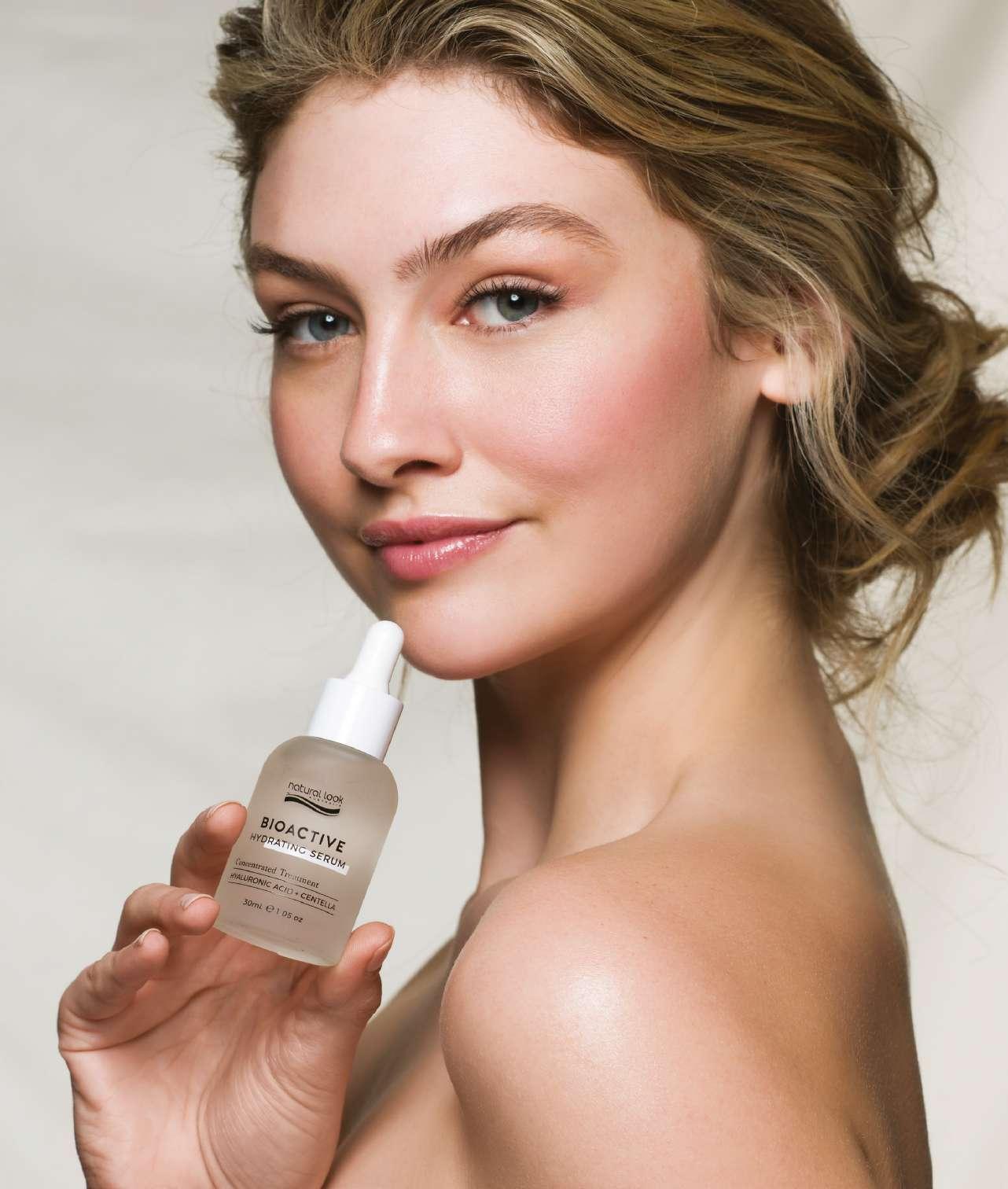
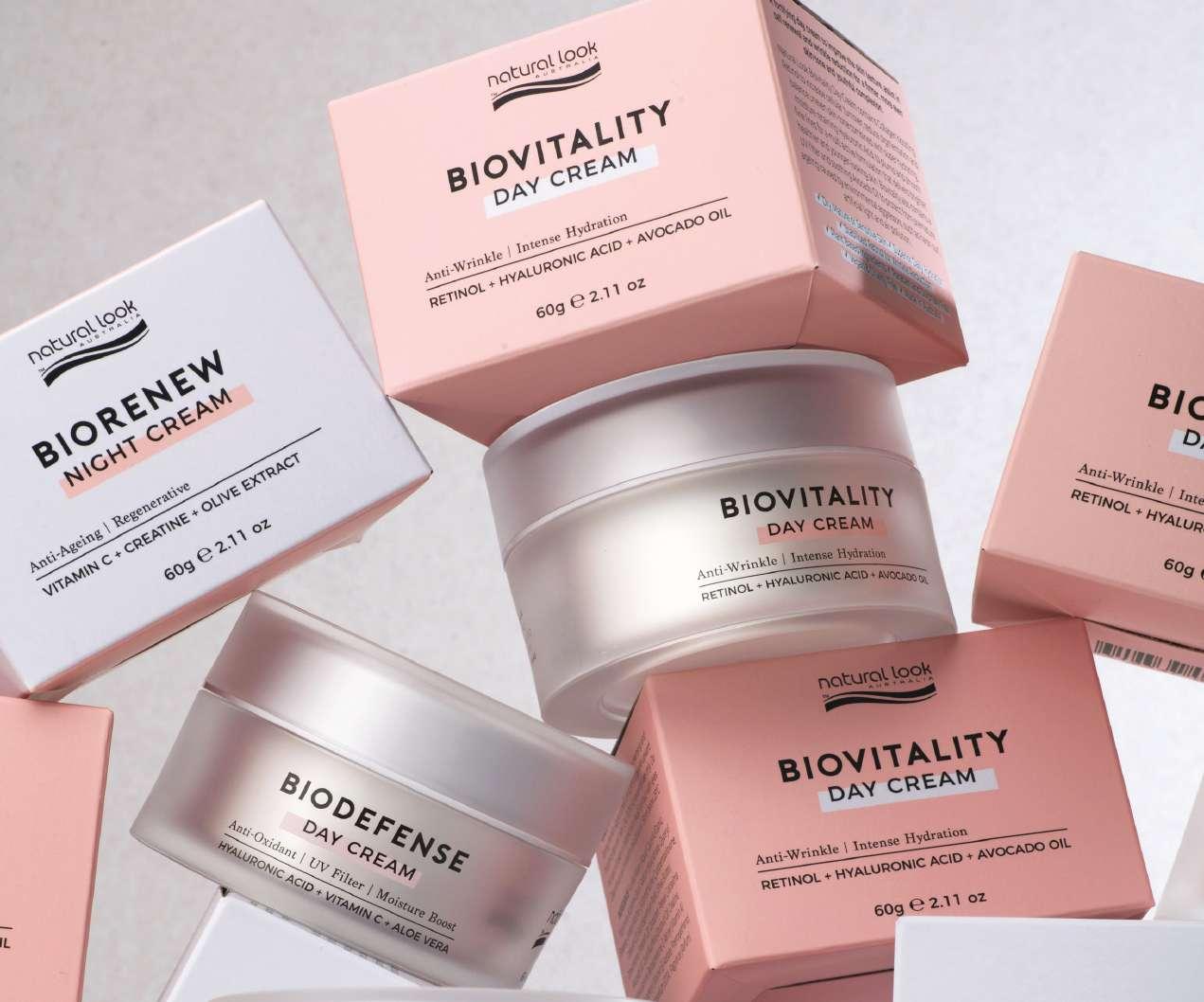
Natural Look Skincare is clean, conscious, effective skincare that is gentle on your skin and gentle on our planet. Made using nature’s most restorative, nourishing ingredients, showcasing natural, clean, plant-based formulas, that are never tested on animals plus they are Vegan Friendly and Australian Owned & Made.


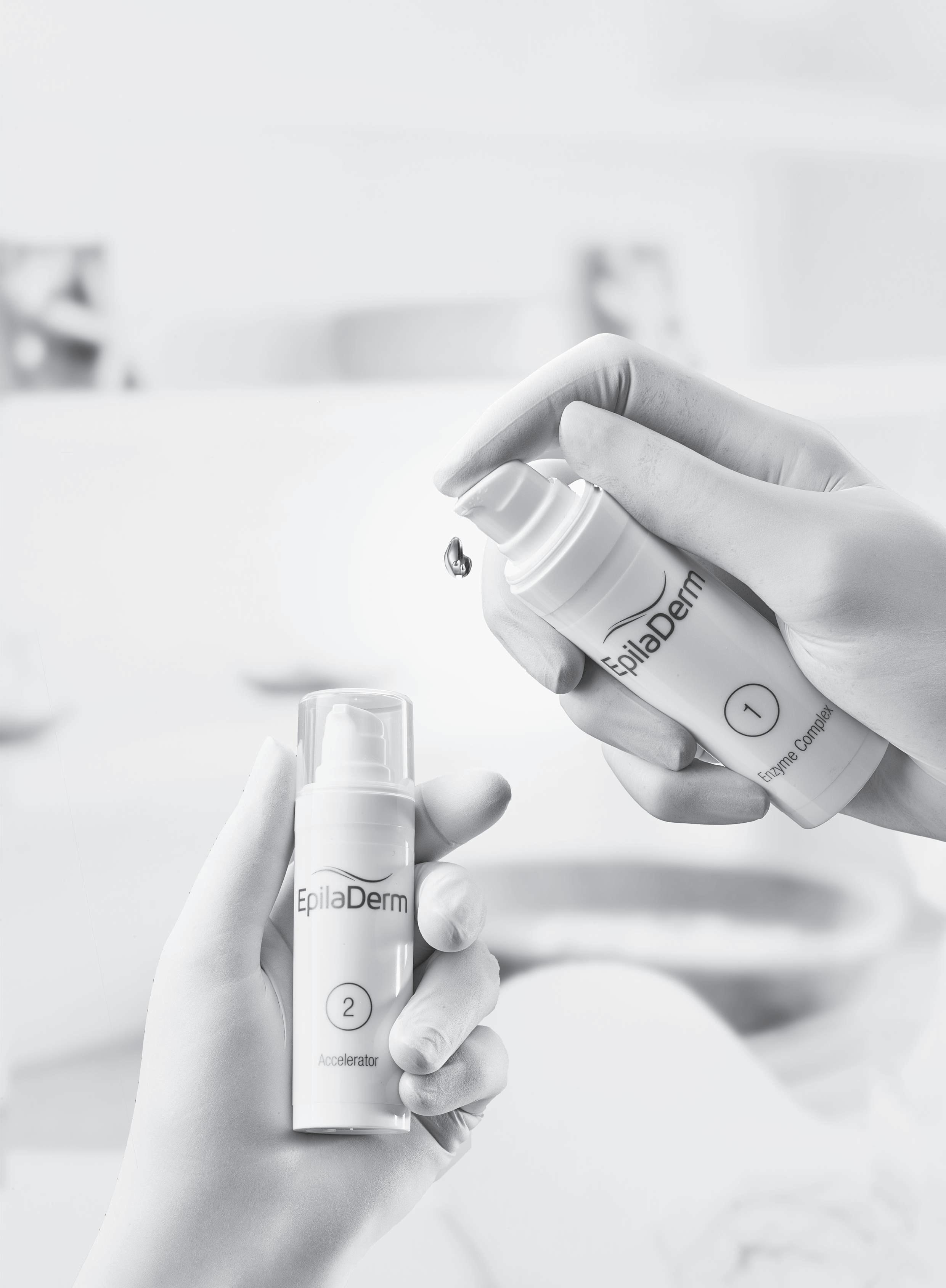
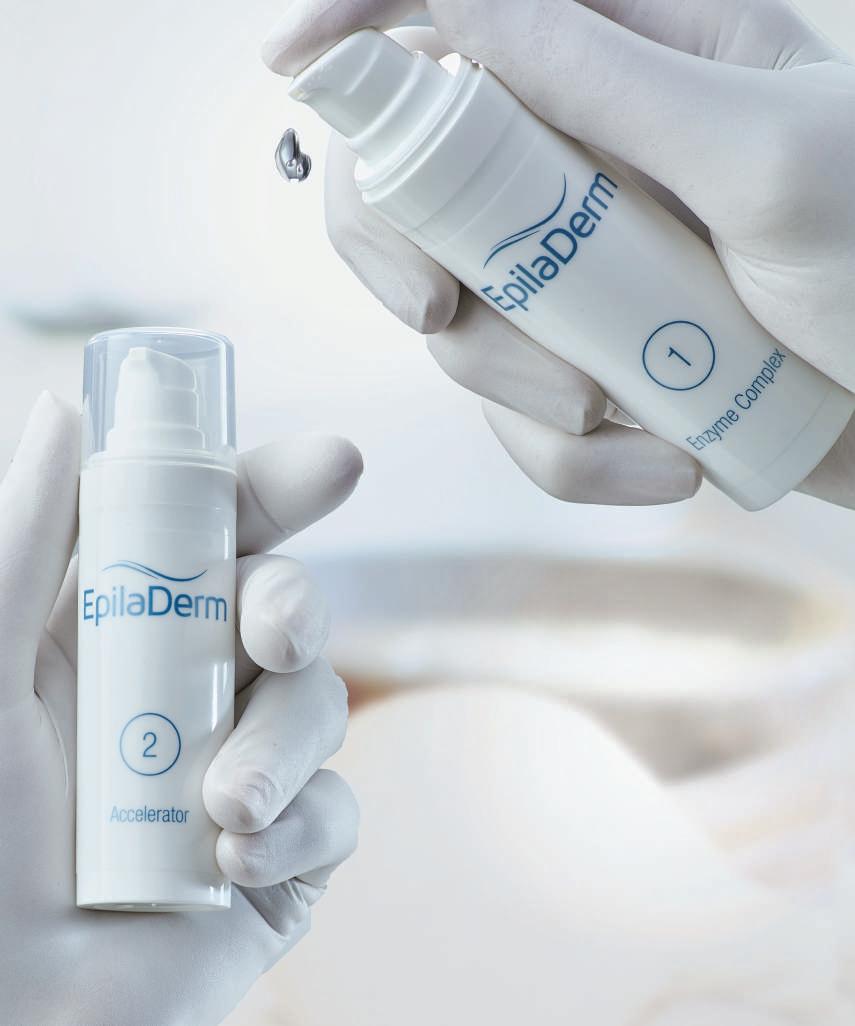
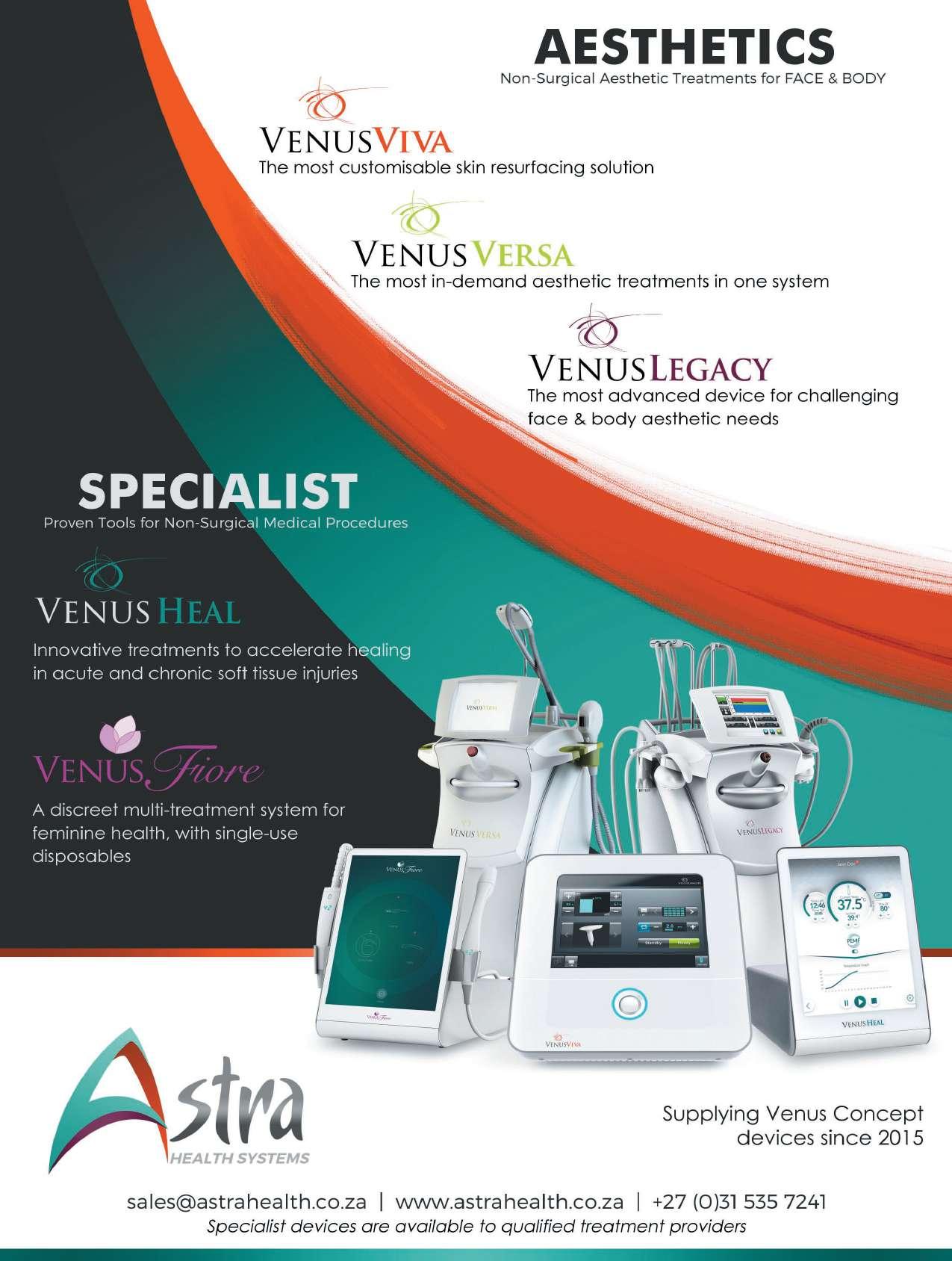
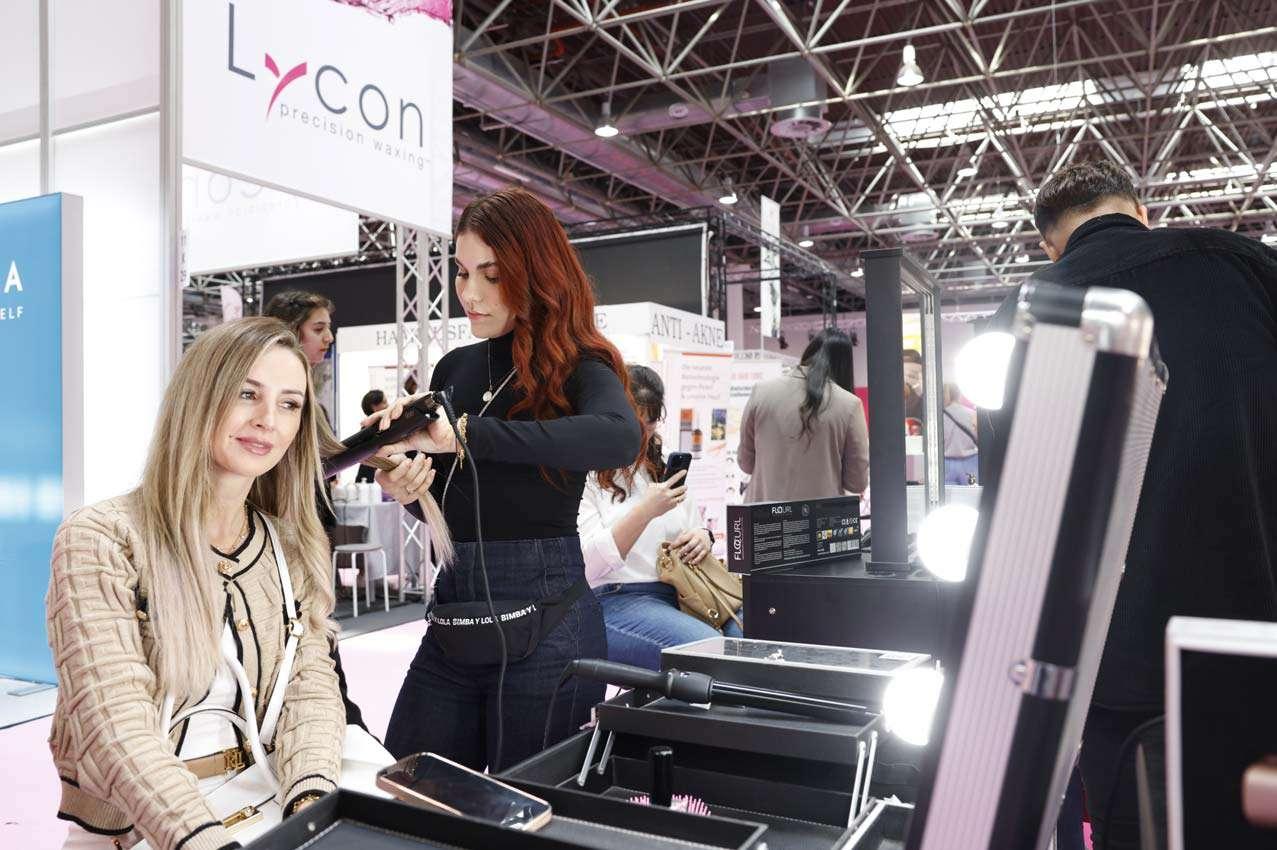
Traditional cosmetic products have been overpassed by a more holistic concept that goes beyond the physical appearance and focuses more on improving the wellbeing of consumers.
The skin, as the largest organ in the human body, is highly connected with the nervous system – known as the skin-brain axis – which functions in a bidirectional way. This is largely due to complex physiological environment of the skin, which contains cutaneous nerve endings that interact with neurotransmitters and neuromodulators, as well as stress hormones, which controls this two-way street between the skin and our psychological state, and vice versa.
But also, psychological stress is more and more present in our daily lives, due, in part, to being hyperconnected to the modern world.
Moreover, it is known that the recent pandemic situation has raised the levels of anxiety and stress in the worldwide population. These
factors may impact skin physiology and accelerate the signs of skin aging. In response, wellness practices are becoming popular among a population who are not only interested in alleviating their stress levels, but also wanting a healthy and rejuvenated appearance at the same time.
Lubrizol Life Science Beauty (LLS Beauty) brings innovative solutions to the market that not only improve skin appearance but also elevate well-being and positive emotions, and even alleviate psychological stress. These psychological markers have been quantified through various techniques.
Telophi biotech ingredient emerges as a new active ingredient that is able to reduce stress skin-associated damage while helping to alleviate physiological stress levels. A clinical study showed a significant decrease of the cortisol levels after 28 days of treatment accompanied by improvements in facial harmony and balance. Telophi biotech ingredient provides a solution that helps to fights the negative effects of psychological stress. Oxylance
advanced botanical ingredient appears as a new active ingredient able to improve skin oxygen levels while enhancing the feel of happiness.
The wellness part of the study was performed with the help of Emotion Research lab, in which human volunteers were asked to describe how they emotionally felt after 28 days of application of a cream containing 2% of OxylanceTM advanced botanical ingredient.
A specific software that uses emotional intelligence was used to record the answer of each volunteer and characterize the global emotional pattern by means of the average activation of basic emotions. In addition, the results obtained after product application were compared with a group of human volunteers who enjoyed a yoga class following the same emotions evaluation technique.
The application of an active cream containing 2% of Oxylance advanced botanical ingredient enhanced mean of maximum value happiness confirming that active
ingredient can improve positive feelings, like happiness, like after a yoga session.
Uniclay biotech ingredient was assessed to simulate the wellnessenhancing benefits of clay masks in a group of human volunteers by a Mirror Test technique. For that, a vocal (prosody) and semantic (verbatim) analysis was performed from the responses of two formulated questions when they were individually confronted to their own reflection in a mirror. The application of the ingredient resulted in a shift of perception, from a more negative and lower arousal (before treatment) to a more positive and higher excitement feeling (after treatment), indicating a better selfsatisfaction.
Self-image, or what we see when we look in the mirror and how we picture ourselves in our head, is one of the main contributors to how we feel and hence, to our well-being. LLS Beauty offers to the market innovative opportunities focused on boosting our relaxed state, counteract the emotional stress, and improve the sense of happiness.
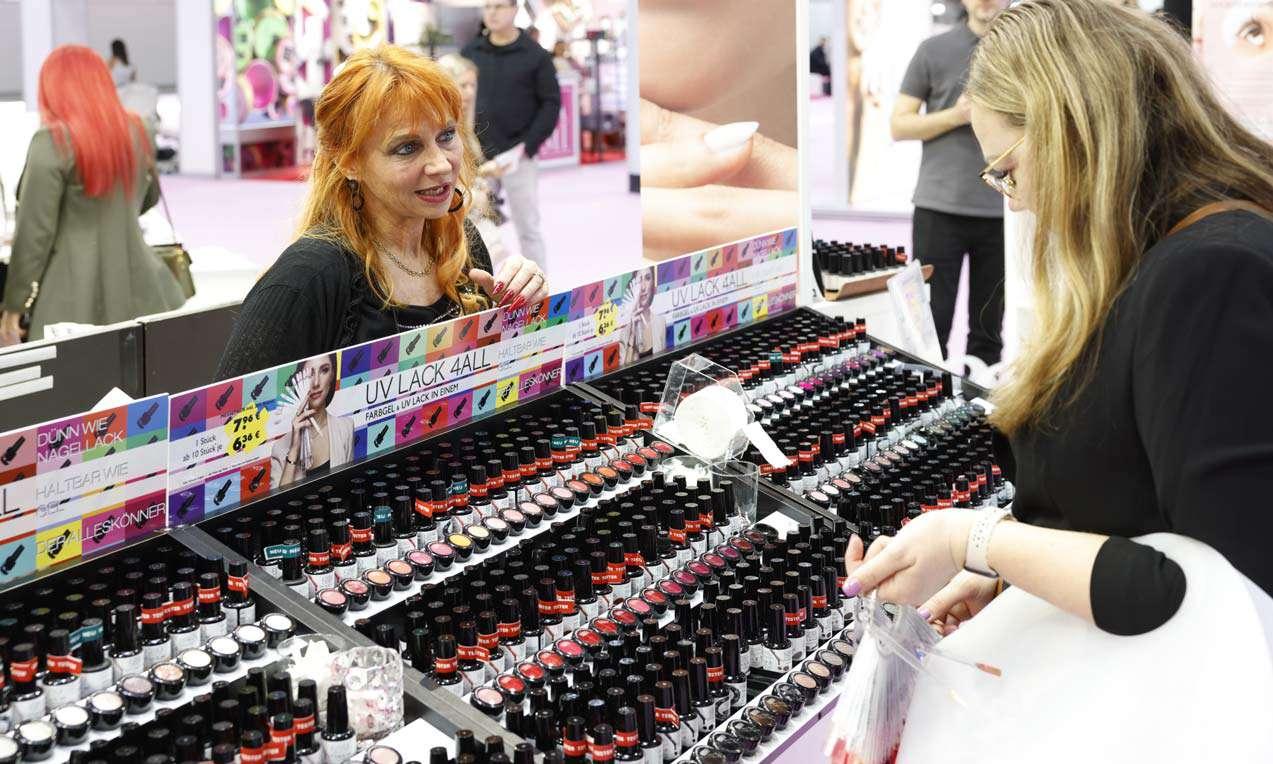
North America is a key player for the development of the international cosmetics industry, with a turnover of $101 billion in 2021. The pandemic has certainly harmed the region, causing revenue to drop 2.5% at the close of 2020. However, recent analysis by Euromonitor International, international market trends and research company, has noted early signs of recovery: by the end of 2022, the sector will once again be worth close to $99 billion.
The powerhouse in North America is the USA. The world's number one market in terms of cosmetic product
consumption was worth $93.2 billion at the end of 2019 and had averaged nearly 3% annual growth since 2016. The United States have paid a high price in the health emergency. The lockdowns of the past few months, as well as social distancing and other restrictions, have hampered the beauty sector –one of the worst hit last year, with a 2.5% drop in revenue compared to 2019. According to analysts at Euromonitor International, at the close of 2021 the sector will still see a 0.5% reduction, but the trend will be inverted in 2024 (+0.5%), reaching a market size of nearly $91 billion.
The US plays a crucial role in the dynamics of the cosmetics industry. On the one hand, it is a key recipient of global exports: premium products are imported from Canada and from Europe, especially France and Italy, while China and Mexico are the main suppliers for the mass market categories. On the other, the US is the birthplace of innovative trends: the East Coast has over time become the home of the most influential Indie Brands, a source of cutting edge research and new solutions for the industry. The US is
therefore a strategic market for fullservice suppliers as well as for distributors and trend scouts searching for the most original solutions.
Market development continues to be driven by the constant growth of e-commerce, which has compensated retail hardship since the start of 2020. Several start-ups and brands in the United States have benefitted from the growth of online sales, making skillful use of artificial intelligence, augmented reality, and virtual reality to launch services and solutions that respond to consumer demand for personalization, safety and transparency. Digitalization is also simplifying the sustainable evolution of the US cosmetics industry, especially the search for new materials, recycling systems and solutions that improve the management of environmental resources.
The rebirth of the sector in the United States is also deeply tied to movements for the advancement of inclusivity and diversity in American society. The topic is particularly relevant for consumers in the US and has focused increasing attention on trends like black beauty and
genderless beauty. “The cosmetics industry is experiencing a radical transformation in terms of how beauty is represented,” notes Kayla Villena, Beauty and Fashion Consultant for Euromonitor International, “The protests that started after George Floyd and other African Americans were killed by the police have had a powerful impact: what was initially a debate about policing has grown into deep thinking about the principles of workplace equality, the historical effects of slavery, and diversity and inclusivity in cosmetics.
The renewed attention on racial matters has had a domino effect, resulting in a negative perception of products for whitening the skin, for example, and there is increased interest in knowing the percentage of Black, Indigenous and People of Color (BIPOC) who have decisionmaking roles in a company. BIPOC brands are in the spotlight, as are the needs of non-Caucasian consumers. Today, users in the United States expect companies to take stand on matters of social and racial equality. They expect a transparent, consistent approach rather than a statement posted through social media every now and then.”
It’s impossible to ignore the impact the pandemic has had on consumer trends in the beauty industry, so maybe it’s time we embraced them? We chatted to Sumit Chopra, Director of Research Analysis at Globaldata and speaker at in-cosmetics Korea 2021, about what the research is telling us about the changes in consumer behaviour.
When we look at the impact of technology on the cosmetics industry, it’s hard to ignore social media as one of the biggest disruptors. How have you seen consumer habits change due to social media?
Social media is a great tool for brands to check in on consumers. The pervasion of social media has made the brand-customer relationship a more casual and informal bond than it traditionally was. Consumers are now encouraged to expect more content than product advertising. Demands for authenticity mean potential customers look for values that can be identified through corporate social responsibility and social media.
The COVID-19 pandemic is an unprecedented crisis that has amplified the benefits of communication in the digital age. With the adverse effects including tolls on mental health and unemployment, brands are having to navigate their approach to consumers who are undergoing drastic changes to their lifestyles and purchasing habits.
When it comes to issues around social injustice and immigration, for example, we have seen brands use social media to announce initiatives and donations. Consumer desire for authenticity means there is significant brand perception online to support direct customer engagement. At the same time, the pandemic has
provided a unique opportunity for brands to show leadership, so much so that according to GlobalData’s 2020 Coronavirus (COVID-19) Recovery Week 5 Consumer Survey, a fifth of consumers desire brands that create “general entertainment to distract me.” This suggests that in a time of crisis, a significant number of consumers look to their favourite brands for semblances of comfort. group of people distanced, in masks, leaning against a wall on their phones Quarantine, shielding, and working from home has led consumers to feel a major detachment from their social circles. Brands should, therefore, be using social media to create unique content to adapt to these new at-home consumption behaviours. Live streaming, virtual events, and online tutorials have gained traction during the COVID-19 pandemic and given brands a further opportunity to express themselves and engage with consumers.
Social media is helping brands connect with audiences in a way that traditional focus groups cannot. This is particularly important as almost a quarter (24%) of global consumers intend to spend slightly/ significantly more time on social media than before, according to GlobalData’s 2020 Coronavirus (COVID-19) Recovery Week 3 Consumer Survey.
Technological advancements have empowered brands to use social media to fuel their qualitative research. Through the analysis of social data, brands can benefit from giving users the freedom to express their unfettered opinions about brands and products in a more organic setting. There are inherent flaws that come with participating in a controlled environment, for example, just knowing they are part
of a focus group can impact on peoples’ subconscious candidness.
Social media’s ability to directly connect brands with consumers is becoming further entrenched in B2C relationships. Retailers will continue to lose their positioning as the pivot between brands and consumers since social distancing has encouraged online shopping. Brands can now send products directly to consumers and ask them to share their feedback with a review post on their social media channels. By compiling how influencers’ followers react, the brand can gain authentic insights from the content performance at a granular level. Brands should seek to tap into the power of social media to assist strategic decisions and optimize their return on investment.
A.I. has become an important tool for cosmetics brands, particularly recently. How has innovation in this area changed the consumer experience for the better? During the lockdown, beauty retail
brands were under constant pressure to create new ways of reaching their target audiences, mostly through digital solutions. In order to stand out from the competition, brands are looking at digital platforms such as smartphone applications, individual websites, virtual reality (VR)/ augmented reality (AR), and artificial intelligence (AI) to tackle the new lifestyle norms under the COVID-19 pandemic.
According to GlobalData Consumer Survey 2022 week-10, almost 60% of consumers are being influenced by how digitally advanced/”smart” the product is while purchasing beauty & grooming products. Simultaneously, consumers globally are gradually making more purchases online and are getting used to more digitally centred lifestyles, becoming reliant on digital platforms as the lockdown continues.
VR solutions are proving to be an attractive option in beauty retail, as they can recreate a familiar setting, especially for those who are most vulnerable. Meanwhile, smart apps
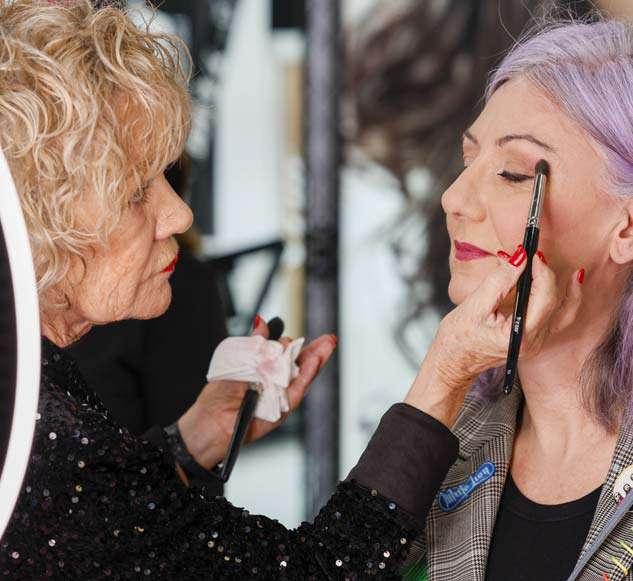
and websites show an opportunity to target digital-savvy consumers who are looking for convenience in their shopping experience.
Technology has always been an important part of the cosmetics and personal care industry, but do you think the effects of the pandemic have led to more companies investing in these areas? Yes, we couldn’t predict that the COVID-19 pandemic would illuminate the potential and benefits of technologies such as AI, AR, and VR.
Due to quarantines and store closures, beauty brands along with the rest of the world are being challenged to think digital and adopt virtual solutions quickly. With companies reliant on e-commerce for their sales for the foreseeable future, try-on apps can be one way to pursue conversions originally generated in-store.
Now that consumers are unable to visit a physical store to experiment with beauty products, AR delivers that option safely and digitally. It also eliminates the trial and error aspect of purchasing beauty products online, therefore saving customers money.
In your opinion, will the social distancing rules of 2020 have a lasting effect on consumer behaviour, with people looking for
innovative ways they can test and purchase products from a distance? Brands must use their social media presence to engage with consumers beyond selling online. As people increasingly look towards brands for leadership, companies must align with a set of values and attitudes that they can represent online.
With over half the world now connected to the internet, brands must understand the power of uniting a robust social media presence with options to purchase directly within applications. In light of the COVID-19 pandemic, this rings particularly true as online shopping has increased at a time of declines in physical retail footfall. Companies that embrace e-commerce functionality directly into their social media platforms will outperform their peers. Brands that are too slow to improve their approach to the digital age will see a drop in customers and miss the opportunity for further profits.
How are we seeing the use of data and analytics changing the process of product development?
Data analytics with increased use of all form of technology – social and technological, will play an immense role in improving product development. Many companies have started
using big data in creative ways to improve their outcomes. Many aspects of product development are being revolutionized by the use of big data, ranging from personalization to convenience and smart shopping. Various cosmetic players are using artificial intelligence for analysis of product reviews, consumer sentiment, demand-gap analysis, and reviewing research to develop beauty regimen for their customers. Even new product development ideas around DNA based are all getting benefited from the larges scale of big data.
So, I think data analytics will play a pivotal role in companies optimizing their products and services to compete for market share and build a positive brand image supported by the use of new technology and personalization techniques.
Finally, how do you predict technology will enhance the cosmetics industry in the future? Consumers have come to expect that all products should have some form of “smart” feature, and beauty is no different. Especially Millennials and Generation Z, who have grown up in a digital age, look for solutions in beauty and grooming with the incorporation of a digital angle.
With customers valuing human connection more than ever, apps which allows conversations with store associates for “guidance” will
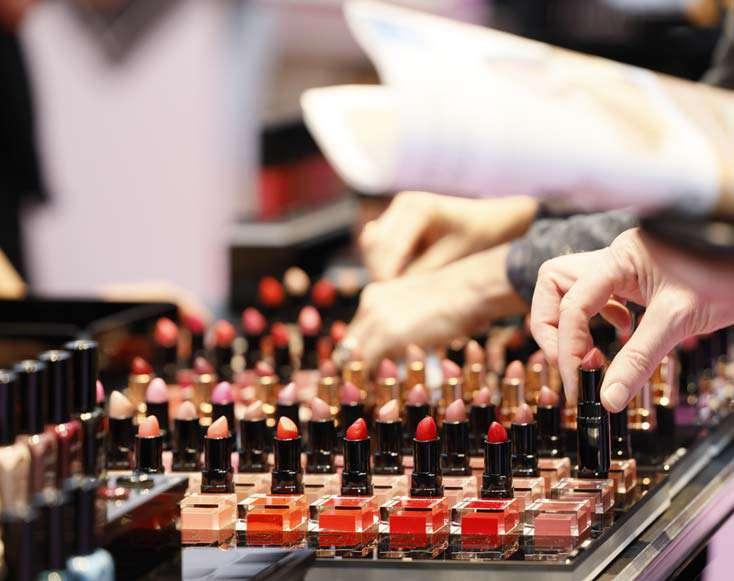
be most impactful, giving shoppers the confidence they need to buy. In the coming years, technological innovation will trigger important advances in customised consumer experiences and precision beauty.
More brands will be relying on AI for a more targeted approach to beauty by taking skin swabs to test bacterial analysis and DNA to offer customised products based on microbiome and genes.
Digital technology is here to stay. Before the outbreak, smart solutions were primarily aimed at younger generations who had already integrated online platforms into their daily lives. Since the lockdowns, a wider consumer community has looked to digital environments as a source of comfort.
Other advanced technology offerings such as robotics and VR can boost efficiency and establish further trust among consumers. Packaging brands can rely on technology to boost traceability and minimize the risk of spreading the virus.
V-commerce will give another element in beauty retail, offering a familiar setting to consumers compared to normal e-commerce.
This will be particularly appealing for those who are vulnerable and have limited exposure to physical stores.
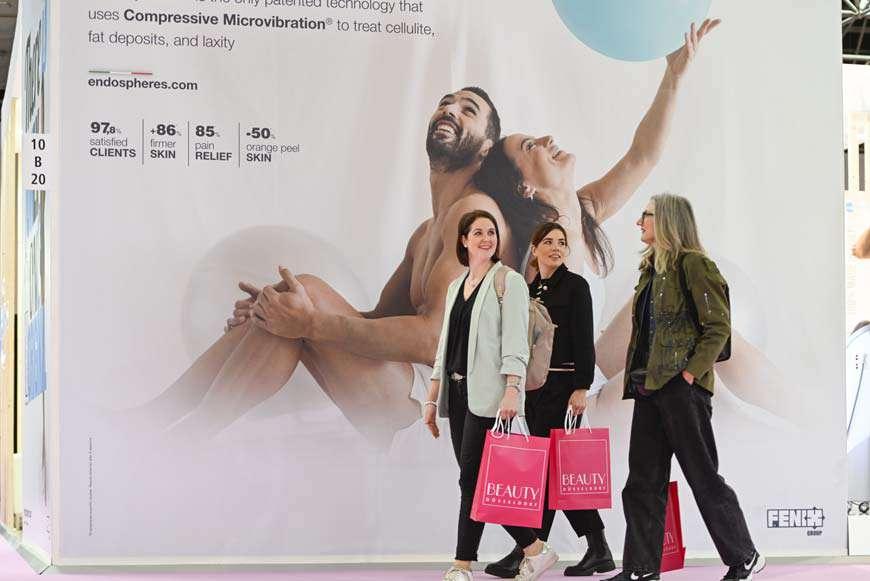
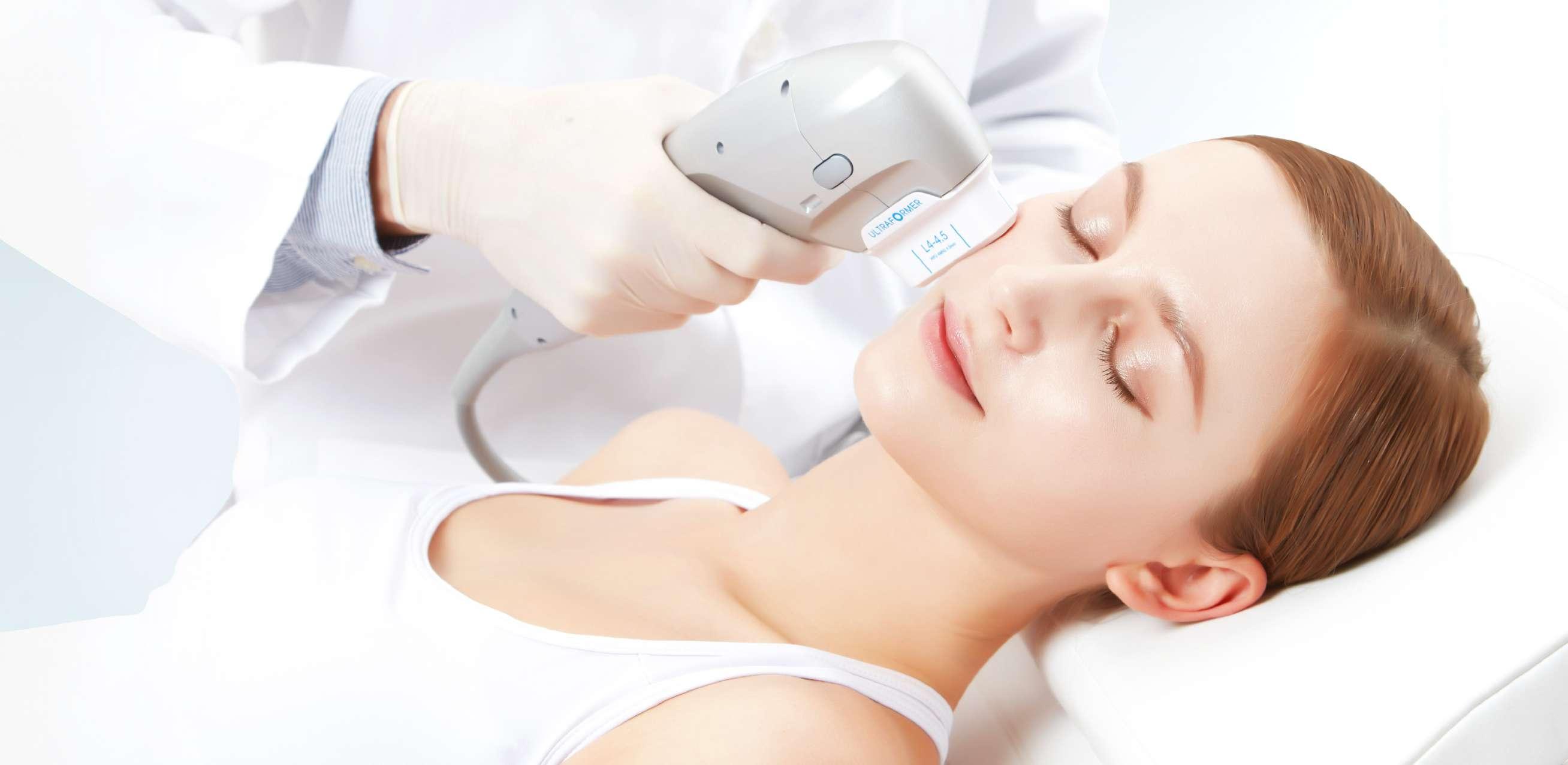
Technology
Micro Focused
Cartridges with highly concentrated ultrasound beams deliver power with accuracy and precision to the specified focal region.
Macro Focused
Cartridges with lower frequencies allow deeper penetration to the focal region with a larger energy density.
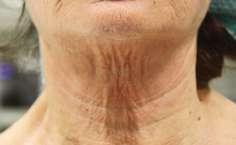
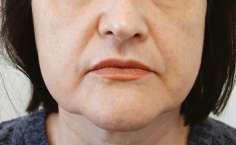
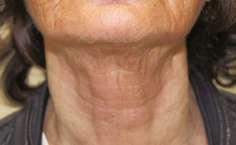

One of the great challenges we are experiencing is the economic recovery in all countries and this leads to a new hybrid lifestyle that is becoming common for most people. “Hybrid” refers to a mixture or crossing of different species or systems. For example, a hybrid car is powered by an electric motor and a gasoline engine. Many of our jobs are now hybrids, as we work part from home, part from our offices. Education is also hybrid as people now take virtual classes at home and also start attending colleges and universities.
These hybrid routines are starting to be the new norm. Food is also becoming a hybrid. The industry has shown an increase in the category of prepared and frozen meals for people looking for quick lunches and dinners that can be prepared at home or on the go. Therefore, we see quick fixes, which include protein and nutrients as people want to eat fast and not expose themselves when they are away from home in this new normal. Onthe-go products and beverages represent new concepts in the food
sector. Stores and warehouses have also become hybrids, combining smart technologies, digital services, and physical presence. Hybrid cosmetics is one of the great trends that is also being driven by the pandemic. Consumers are looking for products that, in addition to offering different benefits, save time and money. Blur, BB and CC cream were the first hybrid cosmetics. The multifunctional, hybrid or 2-in-1 products represent a great opportunity for innovation in cosmetics. This is a trend that is very popular in Asia and in the following months we will be surprised by new proposals that mix categories and benefits that we had not imagined before. Next, we will see some of the most interesting trends in hybrid cosmetics.
Toner revolution: Luxury is now liquid. The toners begin to evolve to have greater benefits. In the market, we are seeing new proposals with treatment benefits that help reduce blemishes, provide anti-ageing benefits and can even be used as a mask. The toners then begin to behave like serums. Liquid treatments are the next great revolution in skincare. Liquid is the new black!
Multiuse Shadow: New multipurpose products that unleash creativity. A product recently launched in the market is a great example of that, working as an eyeshadow for the eyelid, helps lift the eyes, can be used as a highlighter for the cheekbones, as a gloss on the lips and to give colour to the cheeks.
Conditioning fragrances: Hair perfumes are beginning to specialize. This trend is interesting because now these products promote the appearance of seductive hair thanks to the fact that the formula provides
a magnificent olfactory experience and conditioning benefits. It is the best way to achieve scented, shiny and soft hair.
Hybrid masks: This is perhaps one of the categories where we are seeing a greater presence of hybrid concepts. Mask innovation is a revolution. We see more often new materials and ingredients that provide new benefits, sensory experiences and claims.
Single-use tablets: These products are focused on minimizing both the waste of packaging, the use of plastics, and the use of water in product formulations. They also provide practicality and ease of use, since they can be easily transported. We saw this trend some time ago in oral cleaning products and now we see great applications in masks, skincare, body care and makeup.
Powder beauty: Powder cosmetics is a very important sustainable trend and its goal is to save water without losing efficacy. Dry textures are presented as a great opportunity for innovation and as a challenge for cosmetic formulators. In a recent publication of the magazine Hola, it is indicated that generation Z is the main promoter of this trend. One of the advantages that this magazine indicates for these products is that, by removing the water, the concentration and variety of the active principles are increased.
Skin fasting: This is a growing trend, related to reducing the number of products used. The Korean facial beauty routine is famous all over the world thanks to its excellent results and it can traditionally include up to 10 steps. On the web, we are seeing new concepts such as skin fasting and skin diet. Thanks to this trend, we are witnessing a boom in
multitasking and hybrid products. Melting trend: Sensory with melting effects are becoming trendy in hair care, makeup and skincare. We see applications in formats such as creams, balms, serums, emulsions, oils and geFls among others.
Transformative: The hybrid trend is also reflected in formulations that provide changes in texture and appearance when consumers interact with products. Some
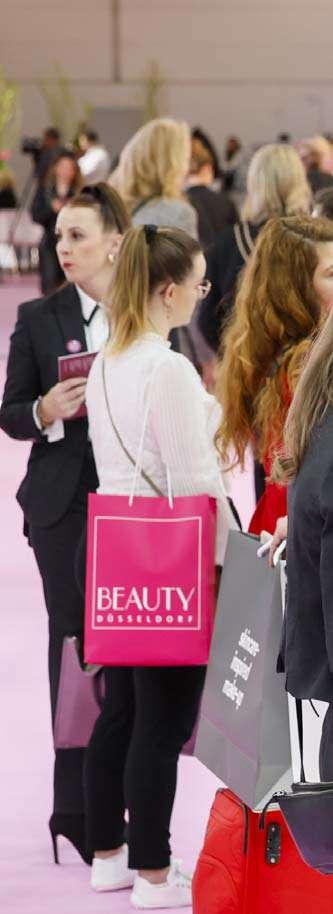
examples are oil-to-milk, cream-topowder, cream-to-serum, gel-toserum, among others.
Crossmetics: The hybrid trend shows us how the traditional boundaries between categories begin to blur. We then see new proposals for hair care products with skincare and makeup benefits, makeup products and fragrances with skincare benefits, new skincare products inspired by body care biochemical mechanisms, among others.
Hybrid grooming: In men’s grooming, it is also very interesting to see the decay of this technology in hybrid makeup and skincare products. This is a great opportunity for innovation in the market for new brands that manage to combine the benefits of facial care with effective coverage of imperfections, in
formulations that can also be vegan. Hybrid intimate: In intimate care, we are also seeing hybrid concepts that are very interesting. Facial treatment technology is leading to new concepts for treating intimate areas for all genders and people. An example of this trend is intimate lubricants that have benefits to improve skin quality, firmness, elasticity and decrease the appearance of wrinkles and roughness.
Cosmetotextiles: This is a category that is trending again, with increasingly surprising benefits and mechanisms. It is the new era of Fashionmetics that offers more complete benefits thanks to new prolonged delivery systems. The new proposals include designs made in 3D and 4D with applications for sports and fitness categories.
Hybrid biochemistry: This is
undoubtedly one of the great innovation opportunities for companies and suppliers of cosmetic technologies. We are beginning to see technologies with hybrid biochemical mechanisms on the market, that is, they can provide more than one cosmetic benefit in various categories, such as skincare, makeup, body care, hair care and fragrances.
Hybrid hair: The pandemic is also influencing consumers to seek simpler and more uncomplicated hair care routines. Recently Kline published a report where it mentions that in the United States we are finding interesting fusions in the category such as gel-mousse, oil-crème, spray-wax, wax-mousse, cream-gel, gel-serum, oil-cream, cream-paste -wax, powder-spray and shampoo-oil. We see very original proposals in styling,
shampoos, conditioners and treatments. In men’s grooming, a traditional concept has been shampoo + conditioner + body wash.
Hybrid suncare: The multifunctional trend also reaches sun protection. New SPF releases with brightening, blurring, firming, anti-wrinkle and other benefits.
Delicious beauty: Now cosmetics are edible … and delicious. This trend started in the fragrance category, as we saw perfumes that can be eaten. Now, this trend is deciding on skincare and makeup. Hybrid Beauty… Cosmetics are becoming more and more hybrid and combining different functions to go further since they can include different formats, active ingredients, aromas and benefits. The future of beauty is hybrid. Are you ready for it?
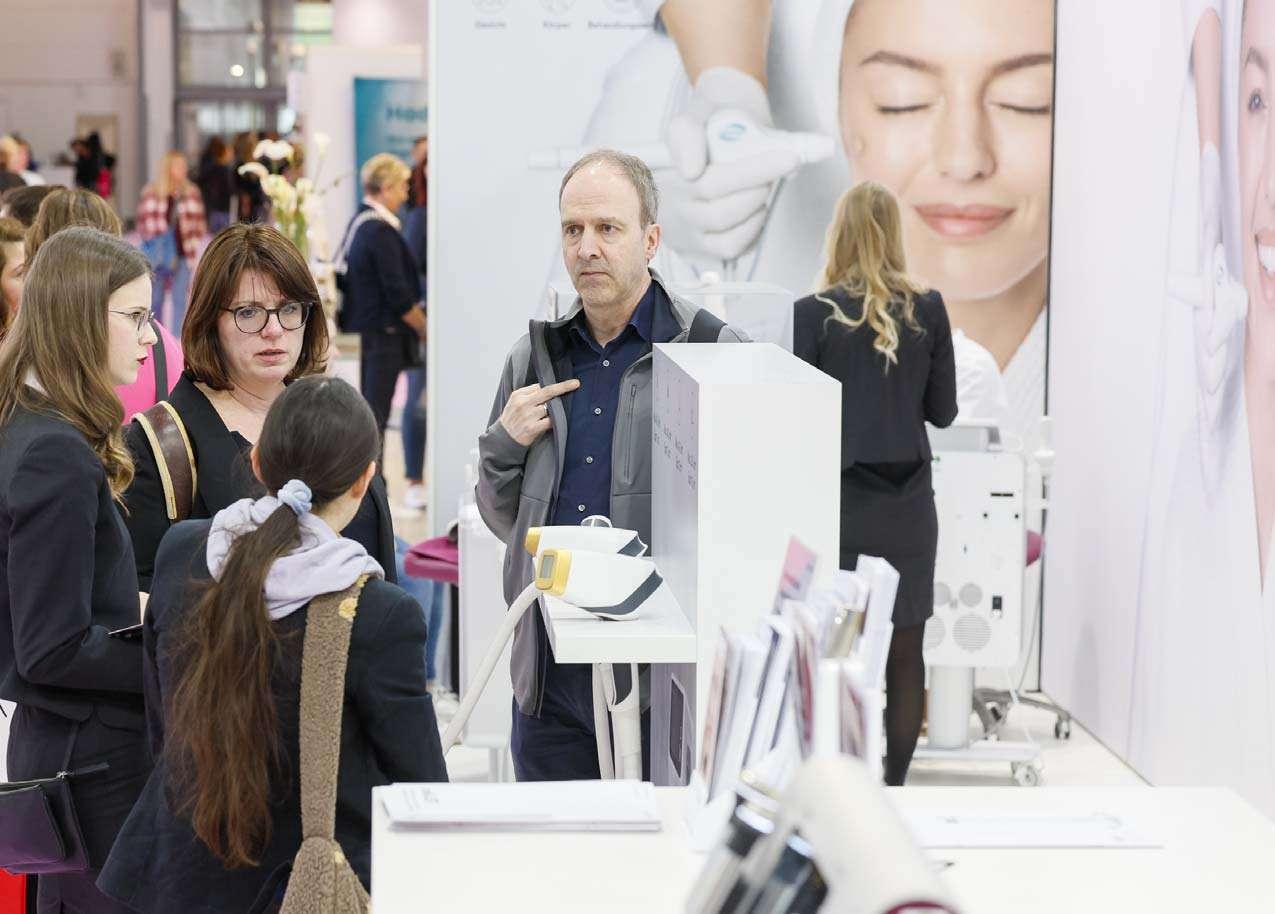
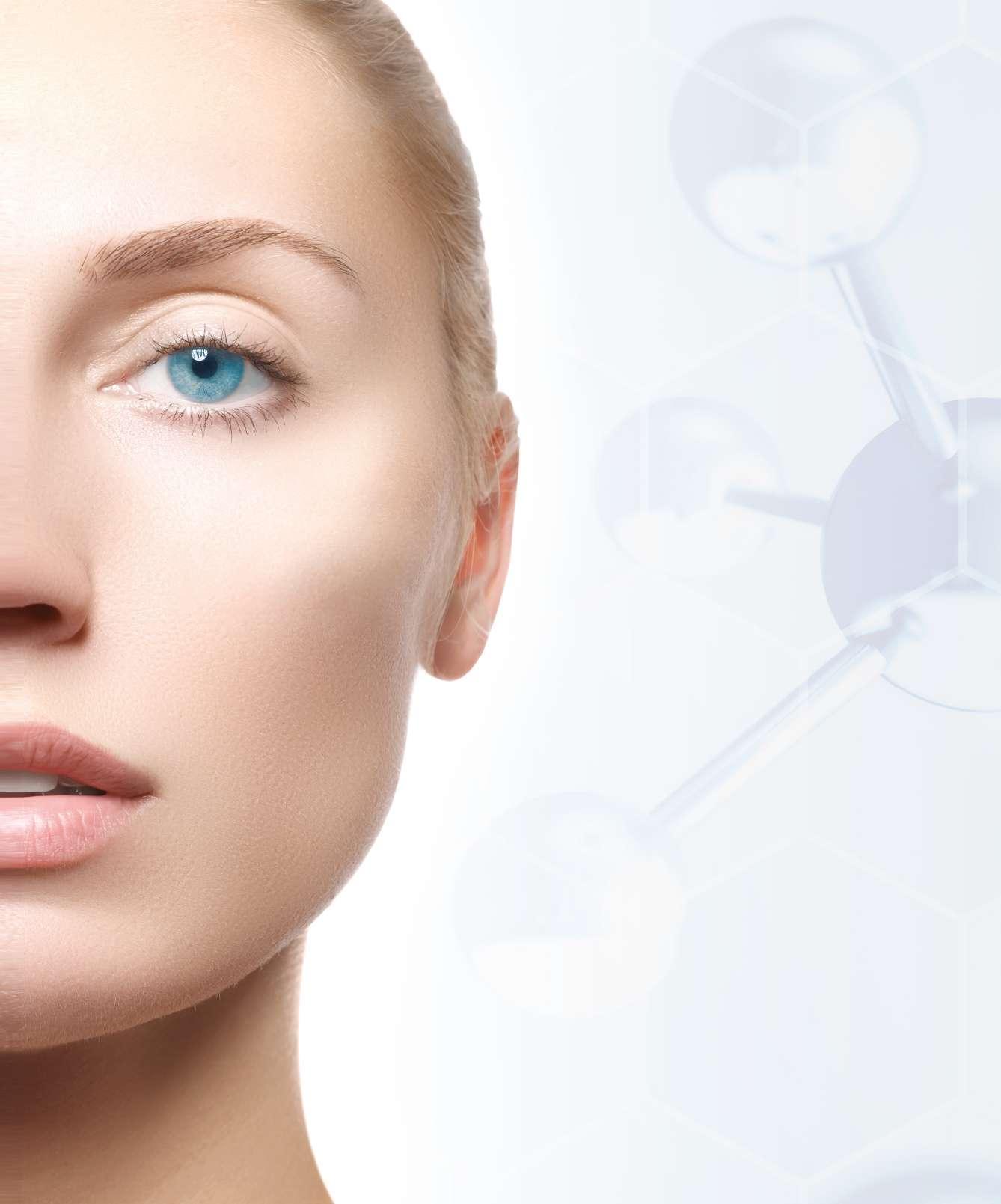
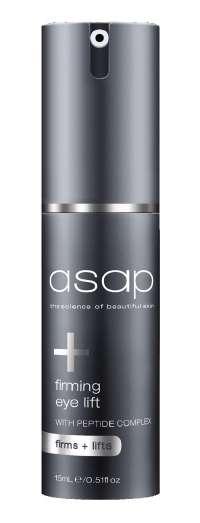
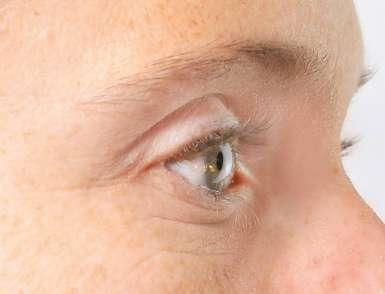
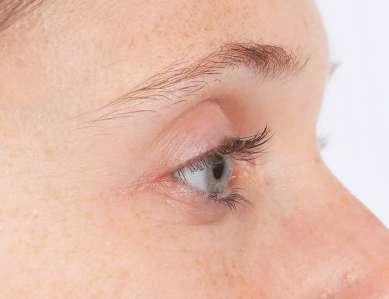

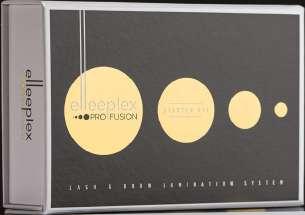

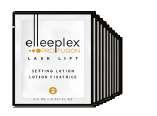
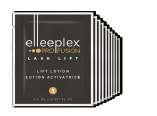
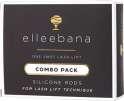






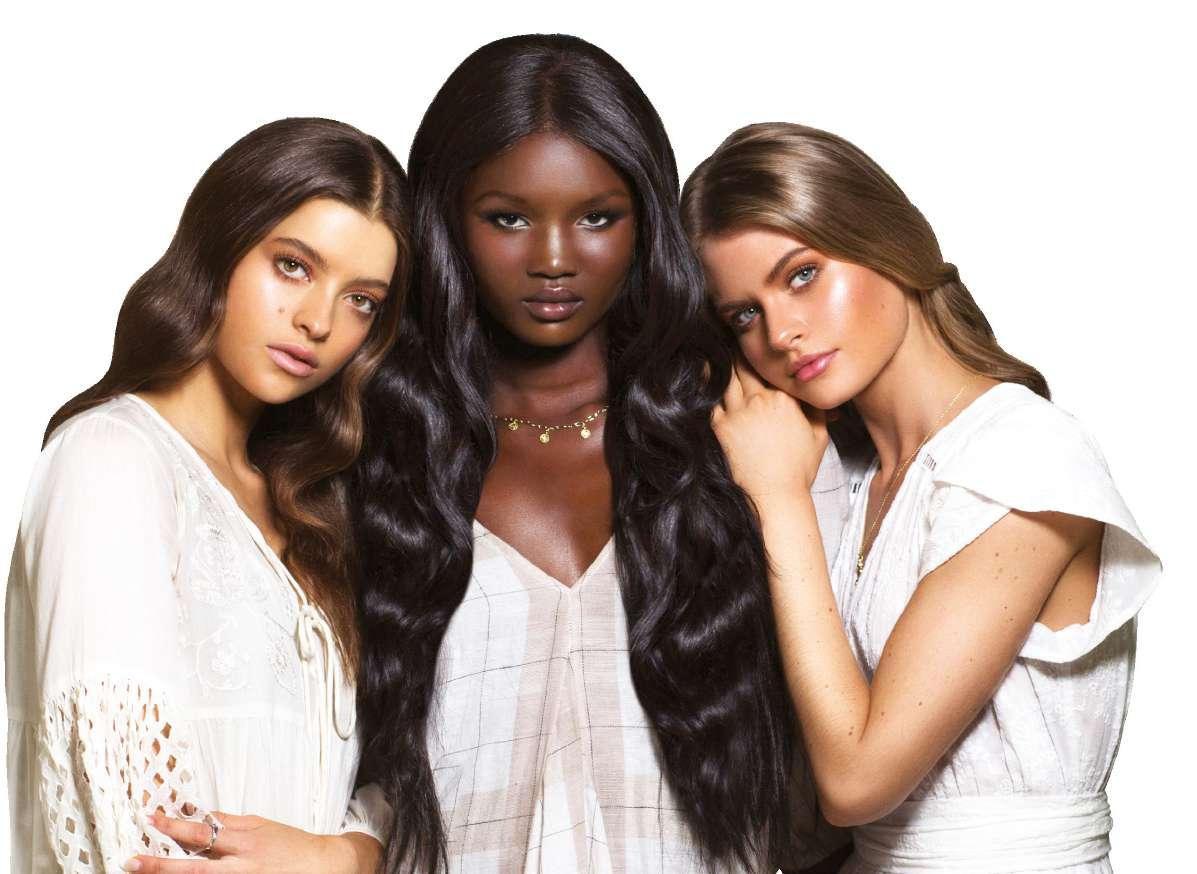

• UTILISING A CYSTEAMINE HCL ACTIVE AND CONTAINING NO THIOGLYCOLATE ALLOWS FOR GENTLE AND EFFECTIVE LASH LIFT/LAMINATION RESULTS, MINIMISING THE CHANCE OF OVER PROCESSING
• VEGAN FRIENDLY FORMULATION
• LASTS UP TO 6 TO 8 WEEKS, WITH REDUCED CHANCE OF UNRULY GROW OUT IN THE LASH GROWTH CYCLE

• A SYNERGISTIC SYSTEM INCORPORATING RE-GEN 2.0, THE WORLD’S MOST INNOVATIVE STEP 3
• THE UNIQUE ADDITION OF A PROPRIETARY BLEND CONTAINING BIS-4 PCA DIMETHICONE ALLOWS “POWERBOND TECHNOLOGY” WITHIN THE LASH OR BROW AND HELPS TO WORK WITH MOLECULES RESTORING DISULPHIDE BONDS & HYDROGEN BONDING OF THE HAIR DURING & AFTER CHEMICAL SERVICES




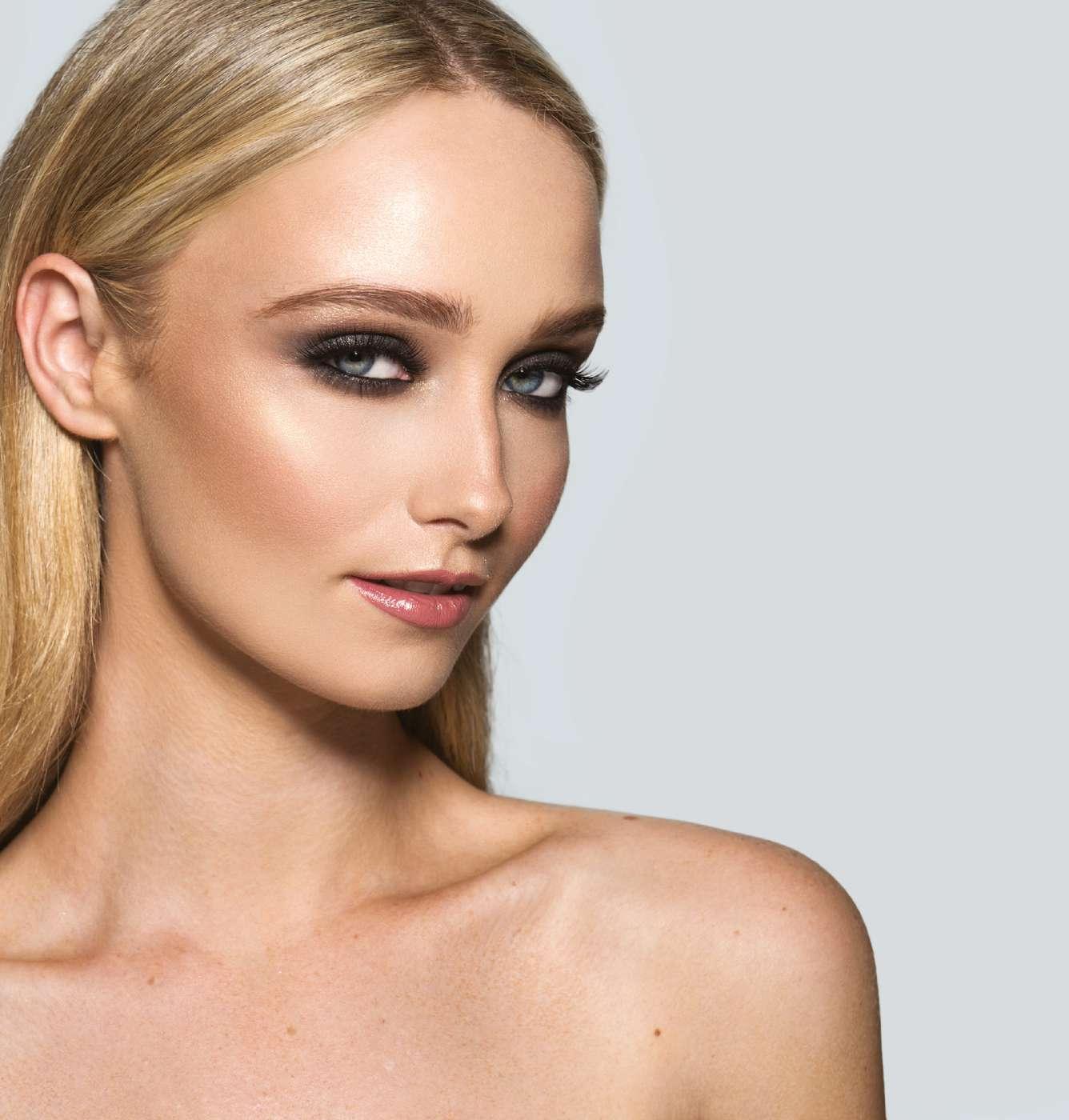
DISCOVER WHY VICTORIA CURTIS COSMETICS IS AUSTRALIA’S FASTEST GROWING MAKEUP BRAND
AUSTRALIAN OWNED SALON EXCLUSIVE BRAND SKINCARE MAKEUP ASSISTS WITH TREATMENT RECOVERY PHARMACEUTICAL GRADE MINERALS ONLINE STAFF TUTORIALS CRUELTY FREE HYPOALLERGENIC PARABEN FREE
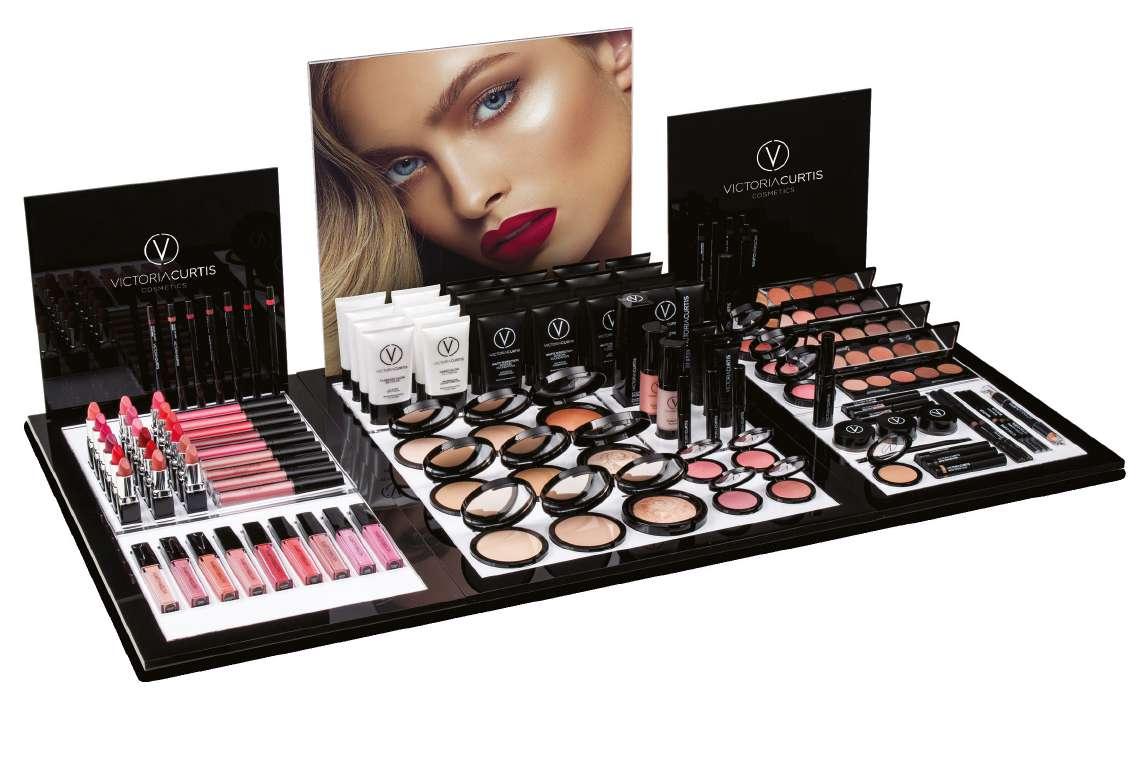
Beautifies, awakens and unifies complexion.
Improves skin quality day by day: bare skin is more hydrated, smoother and brighter.
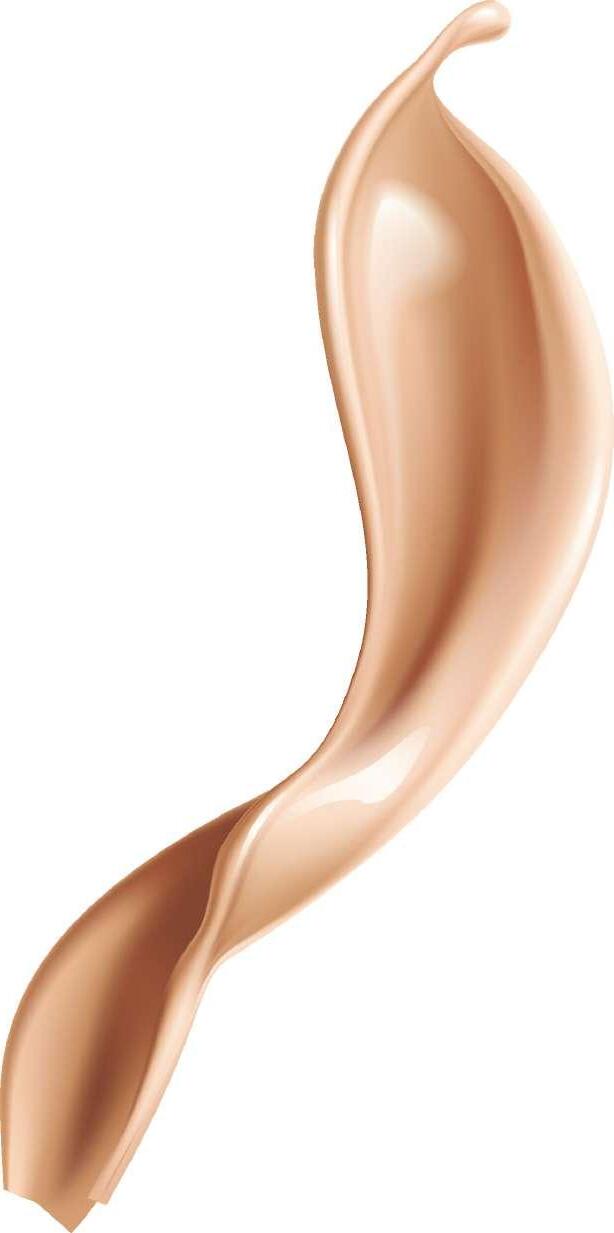

Skincare-infused makeup Vitamin C ⋅ Inulin Prebiotics
⋅ Swiss Mallow flower
⋅ Plant origin Glycerin



